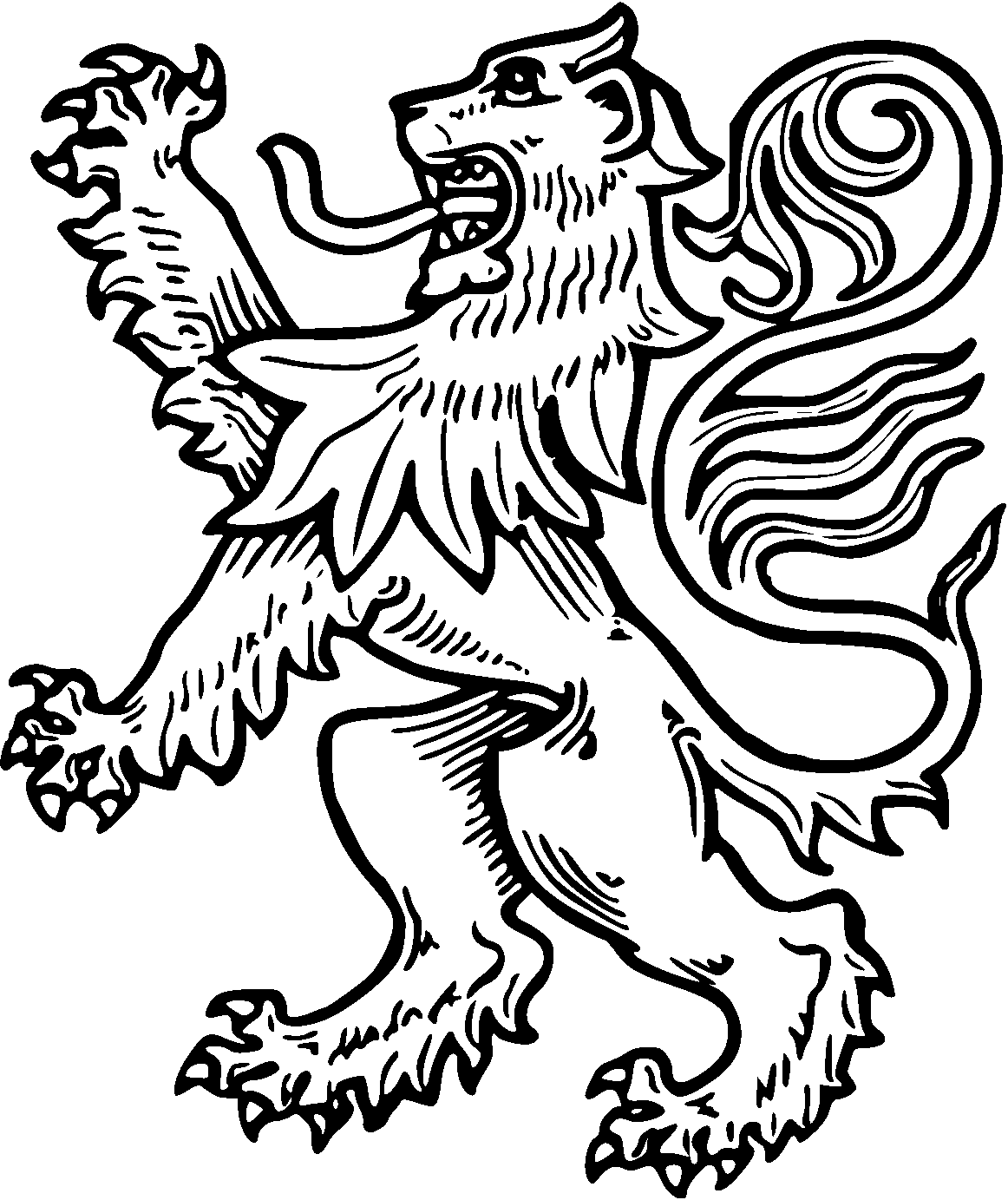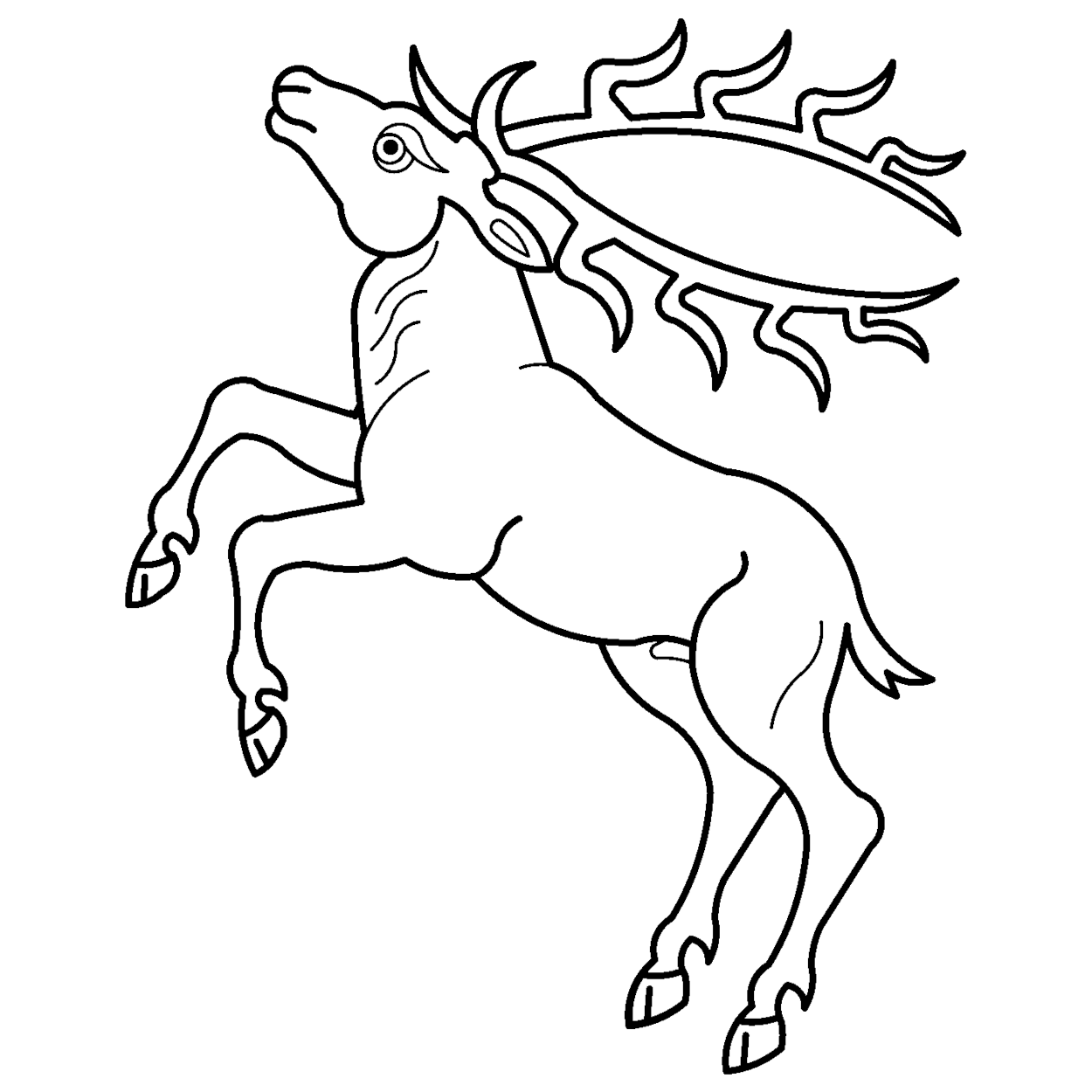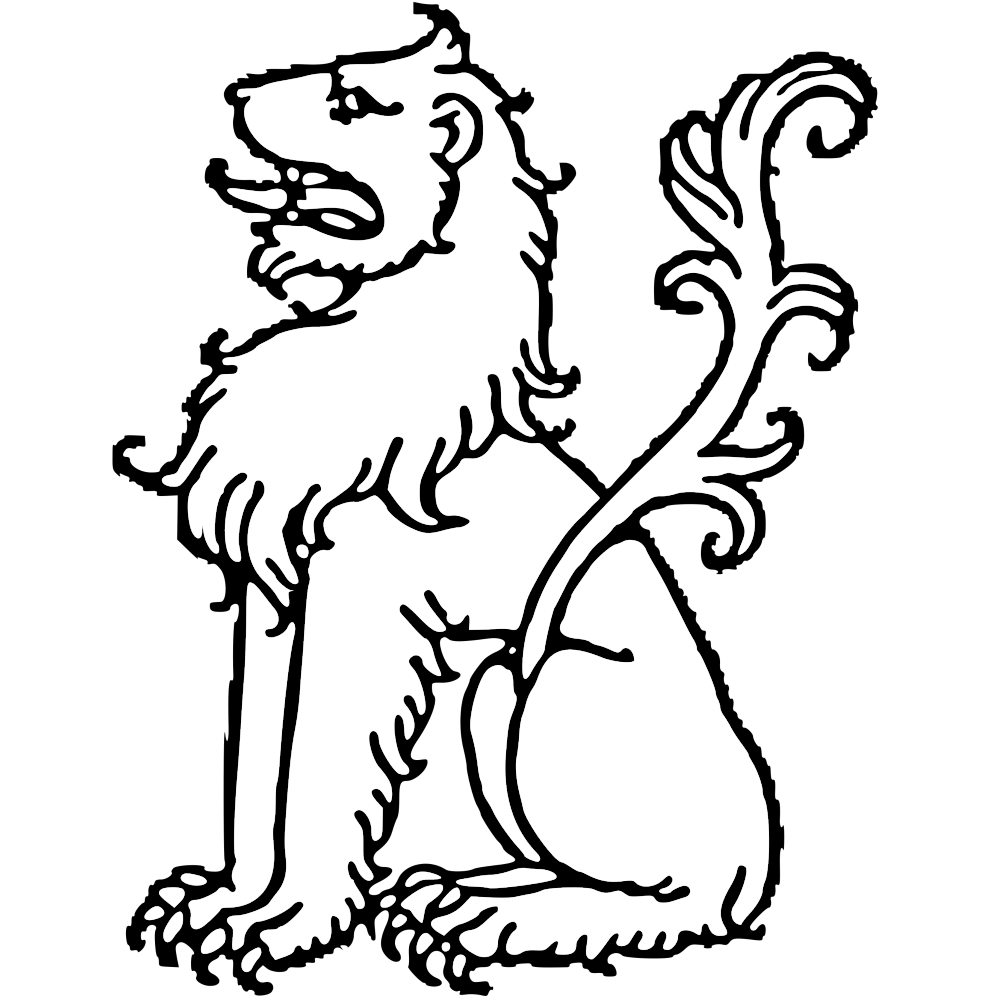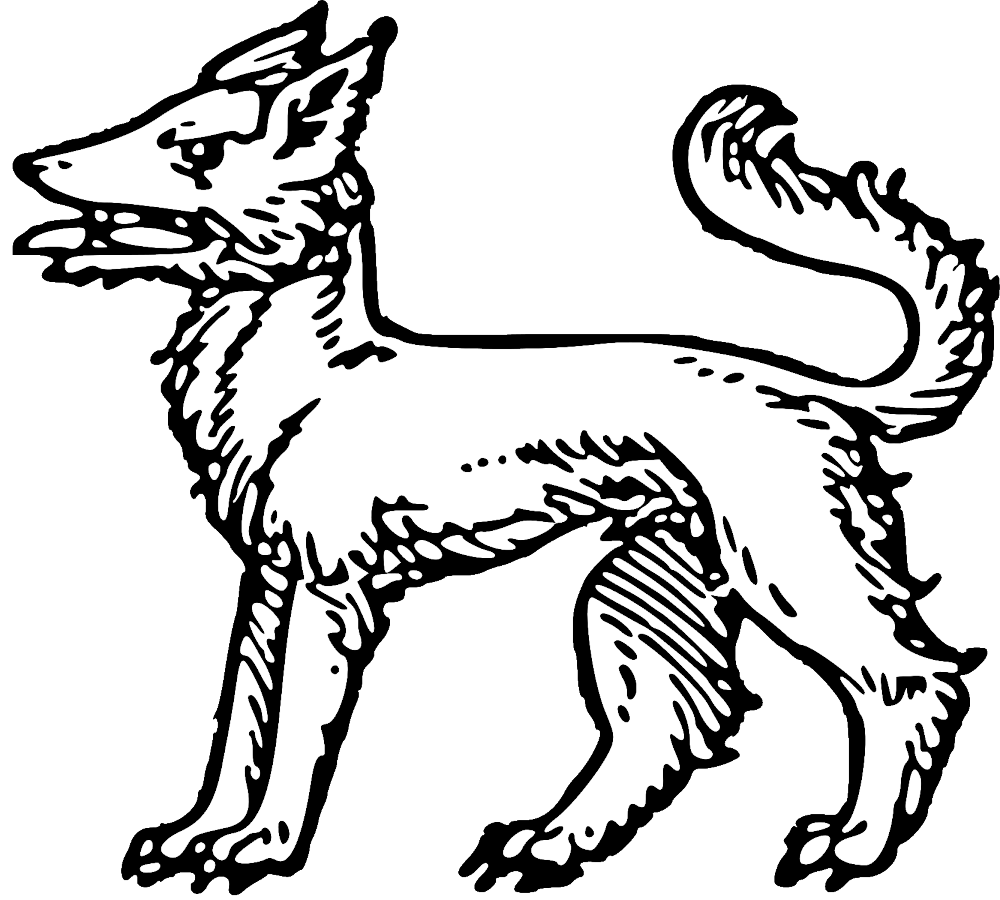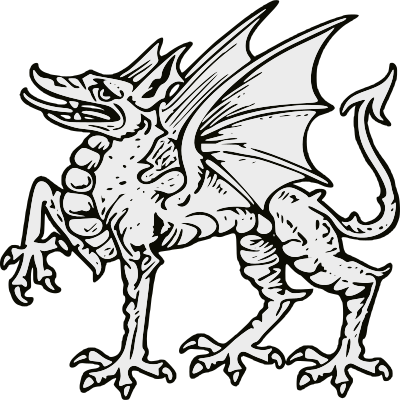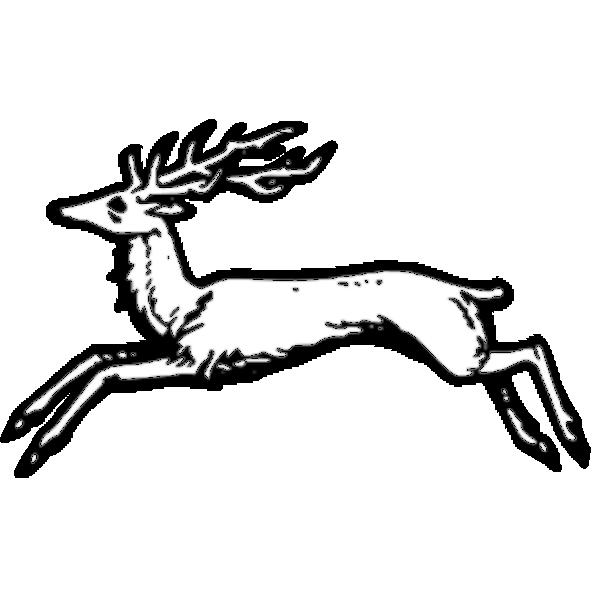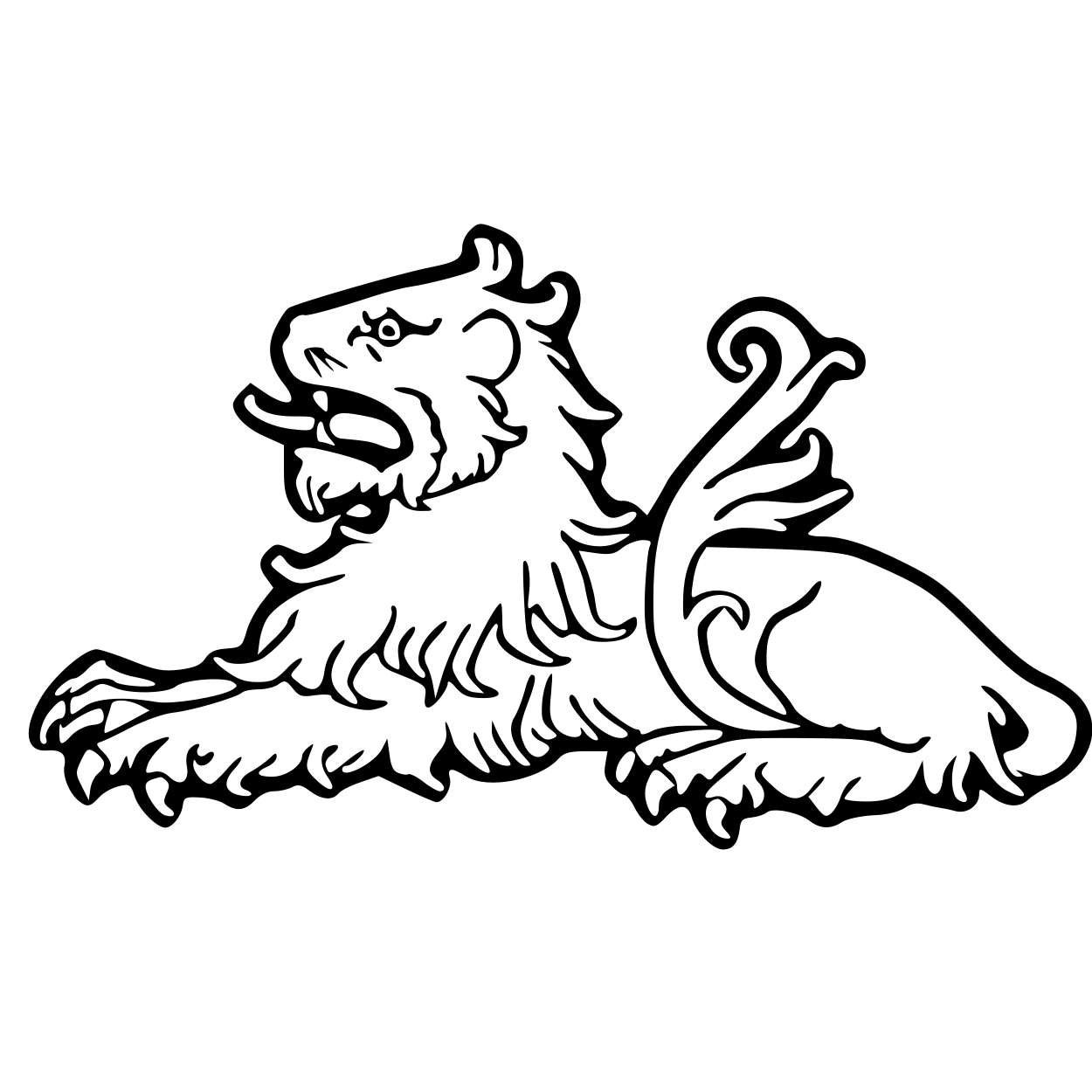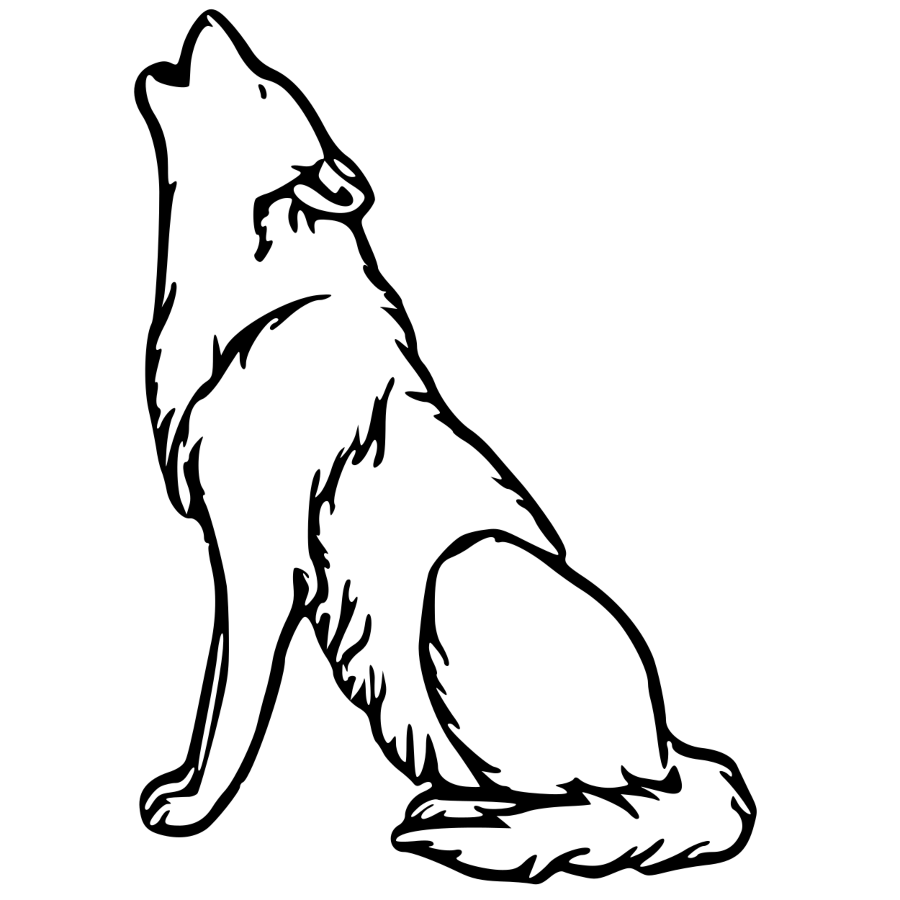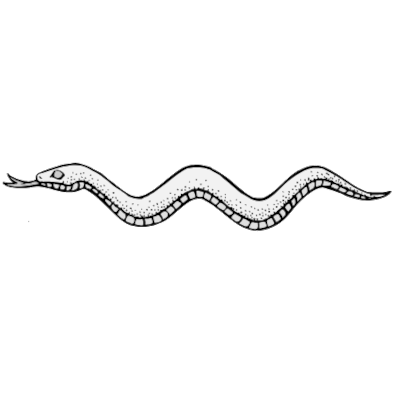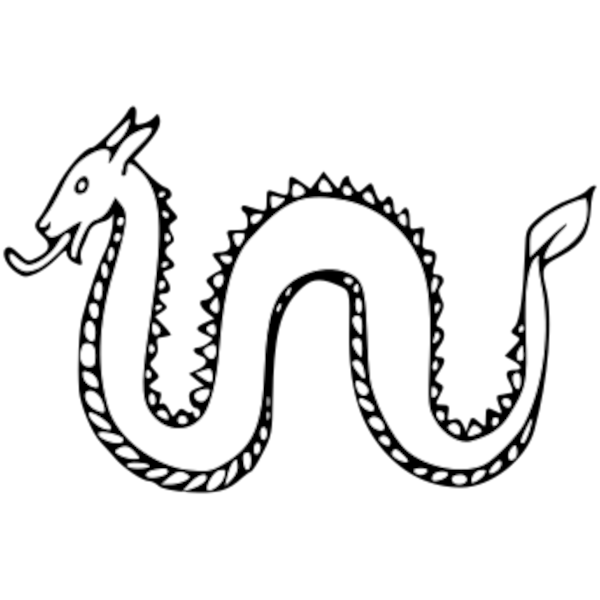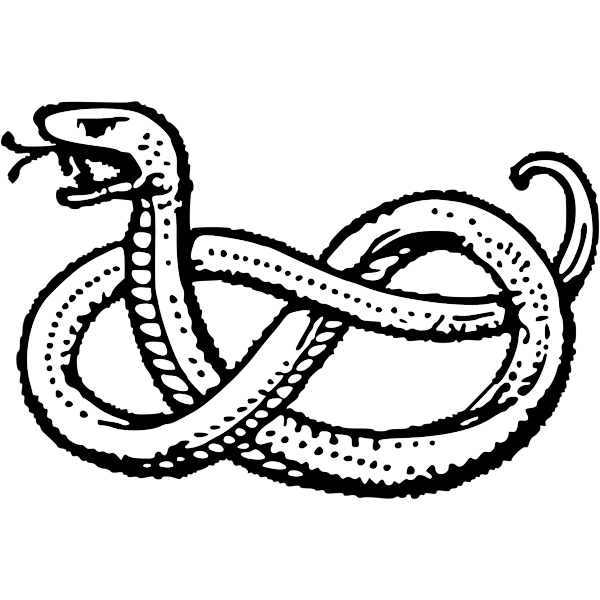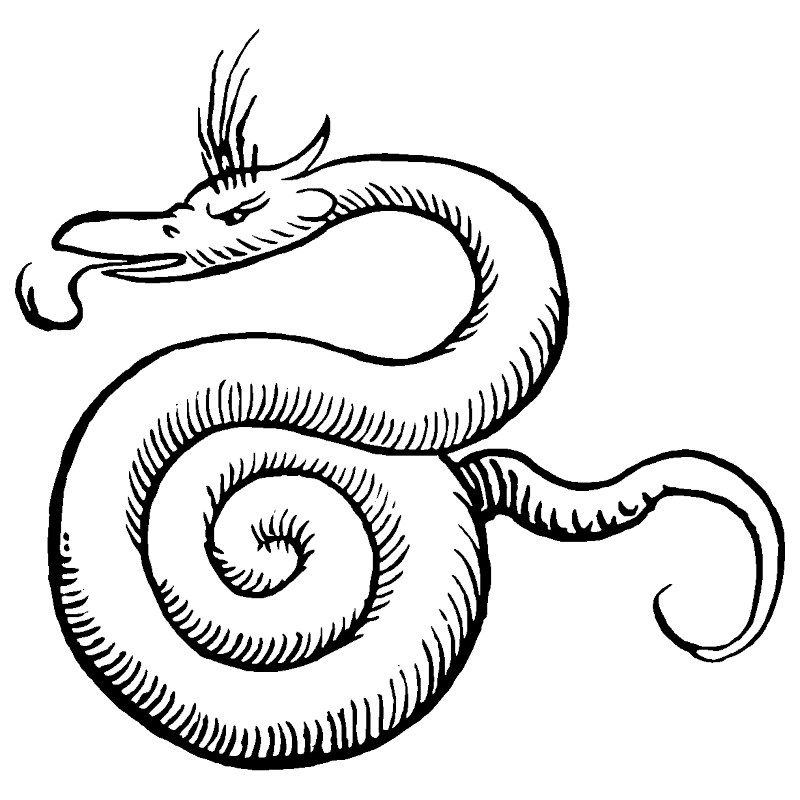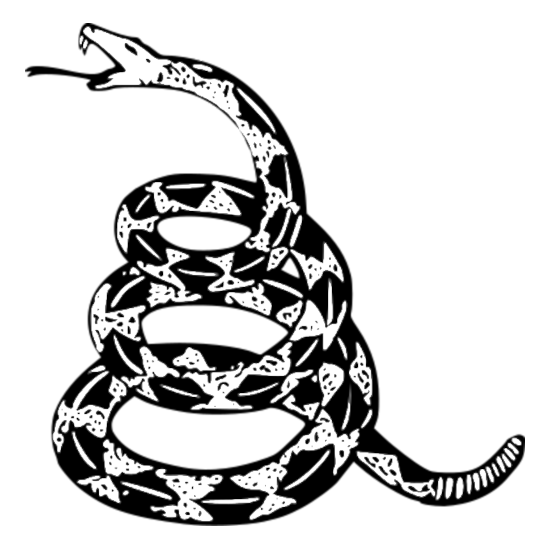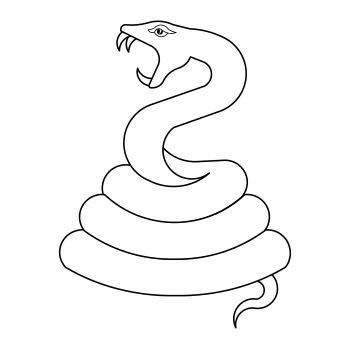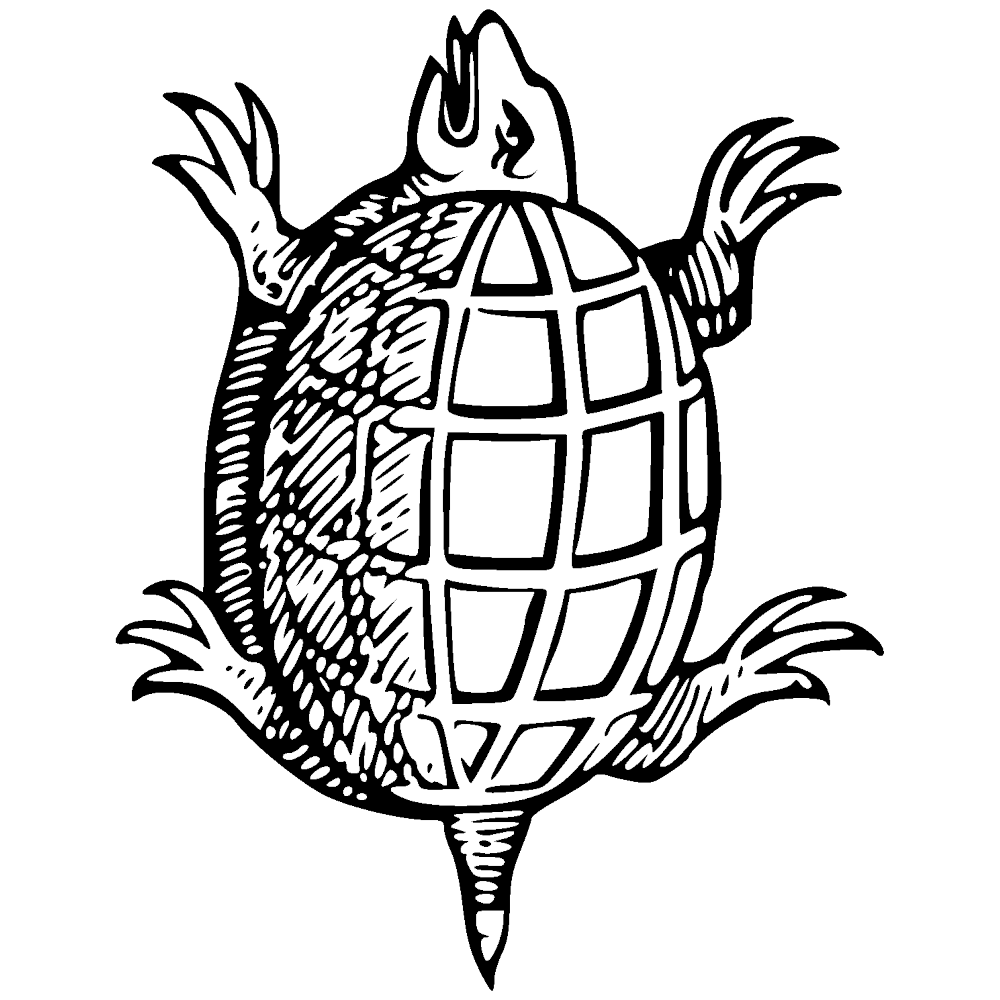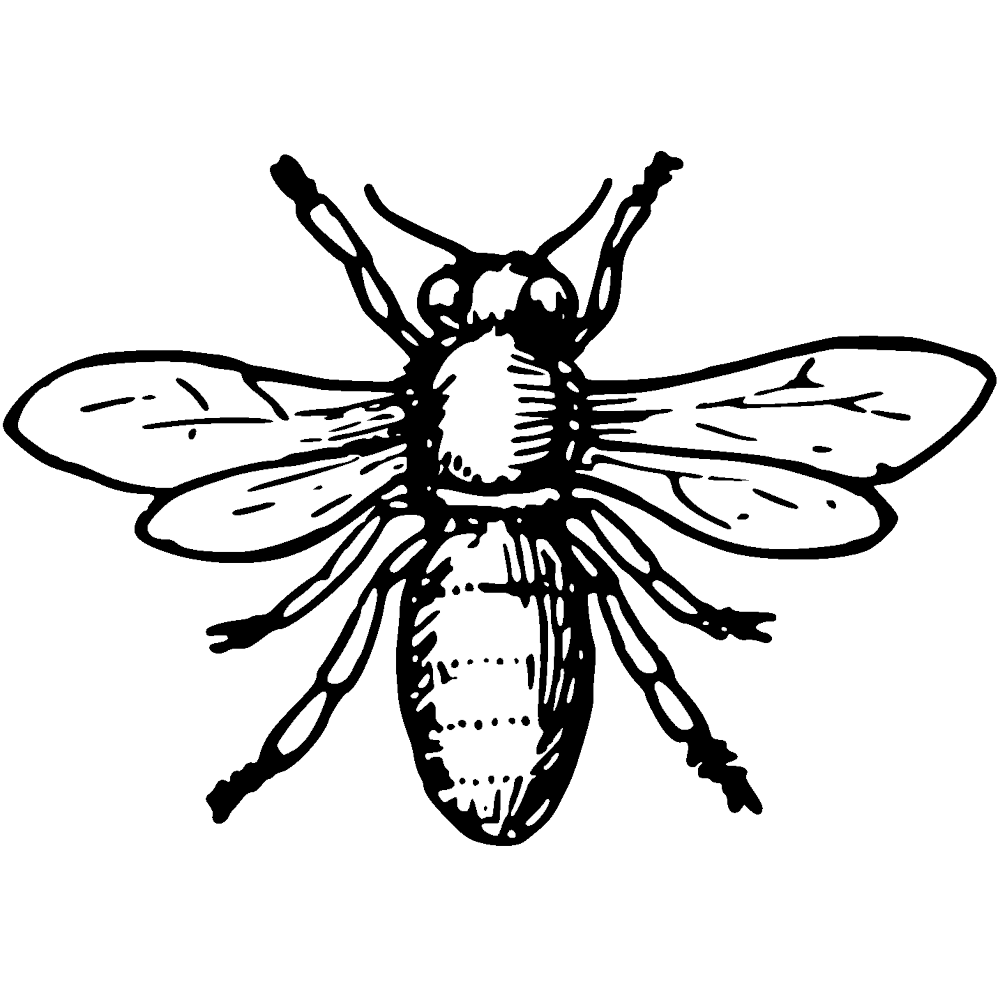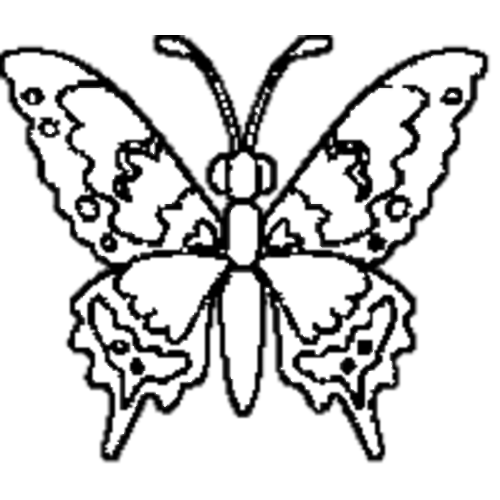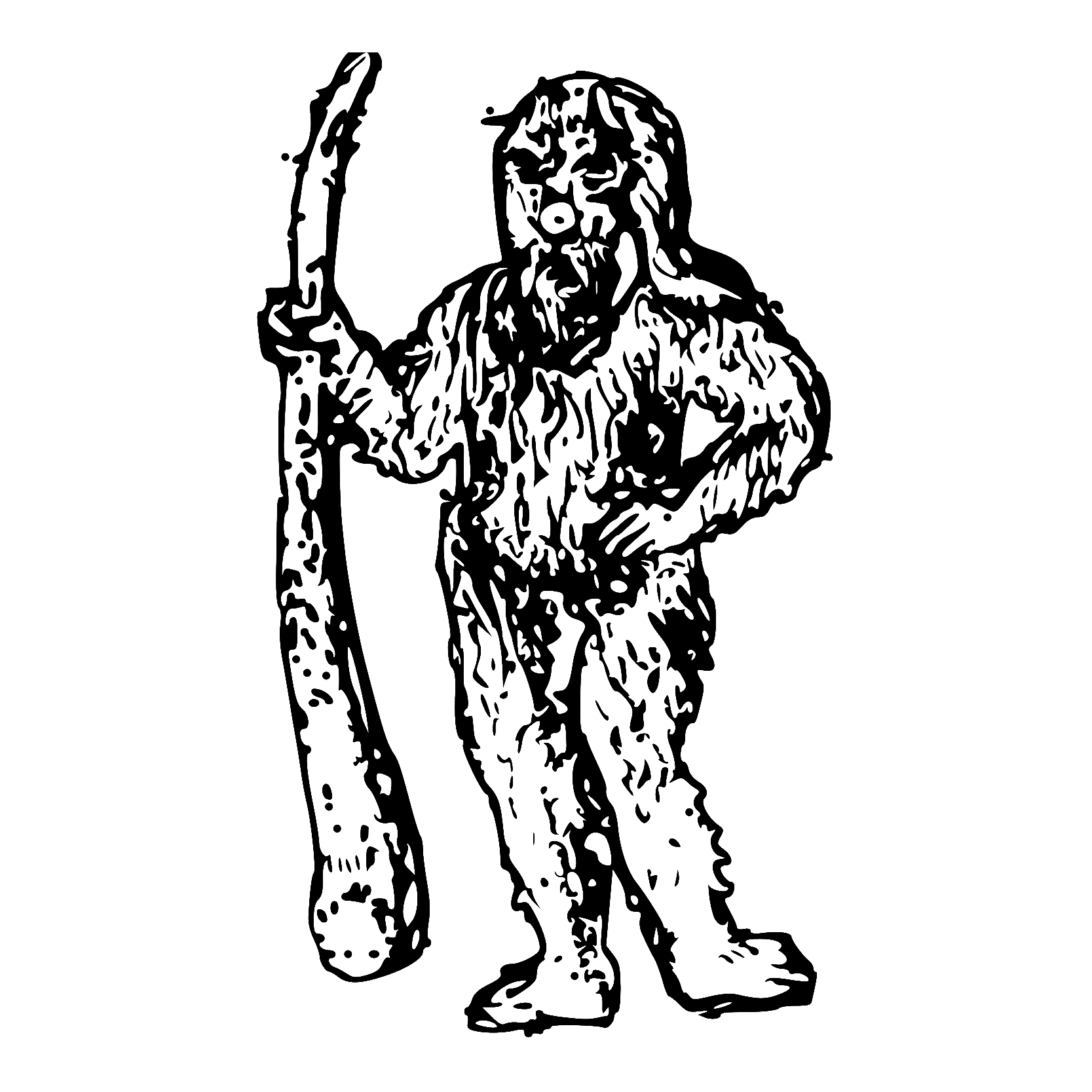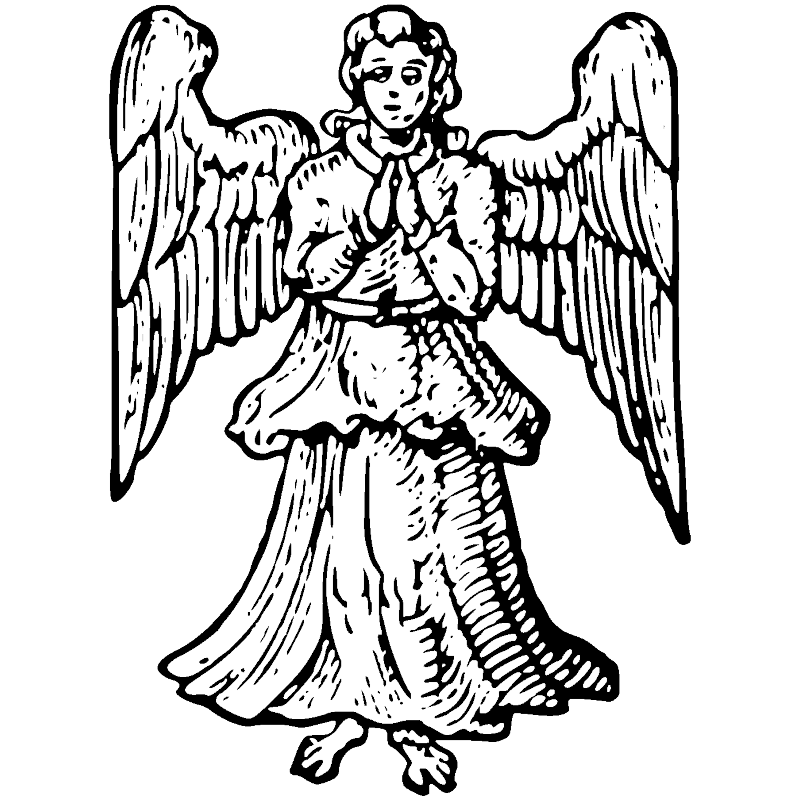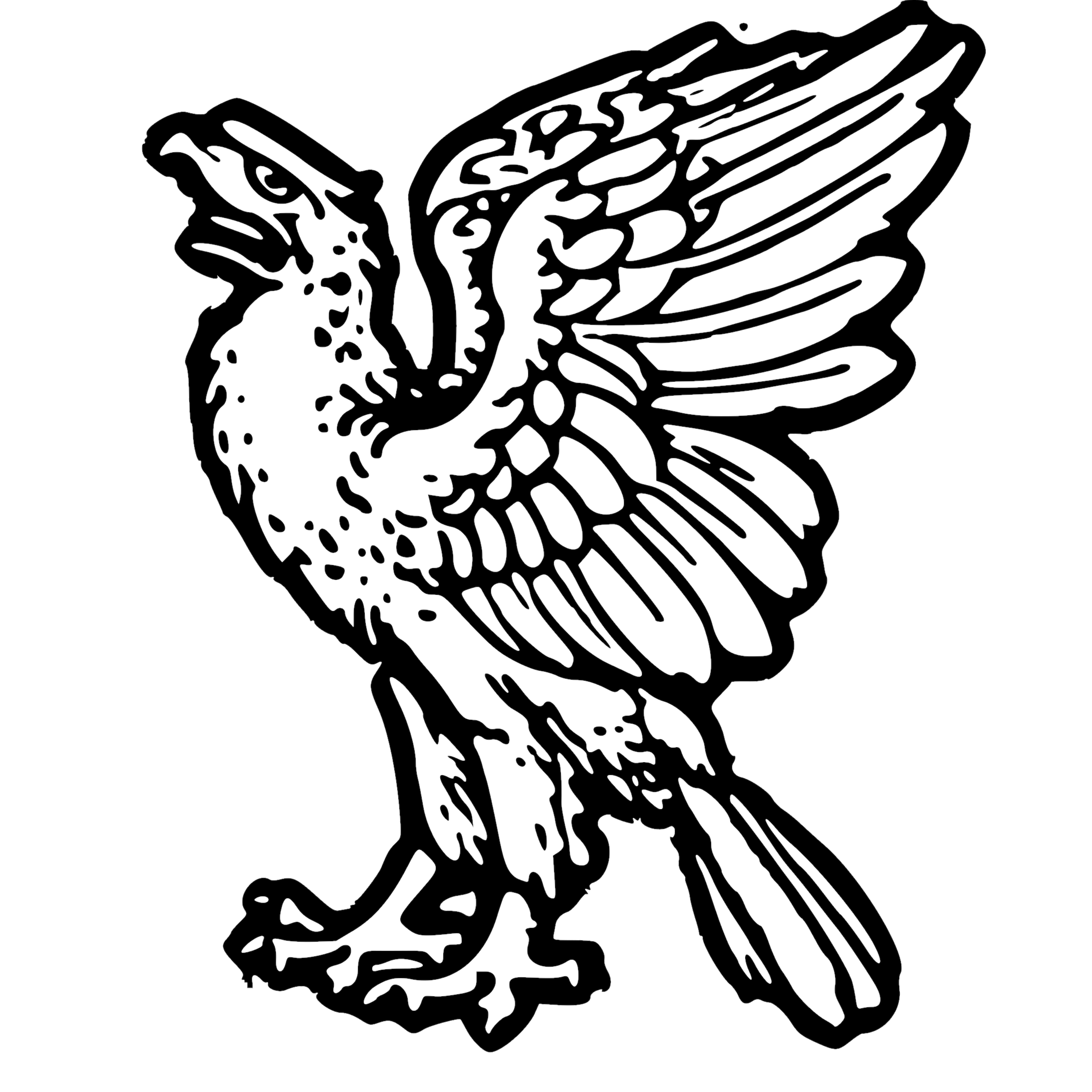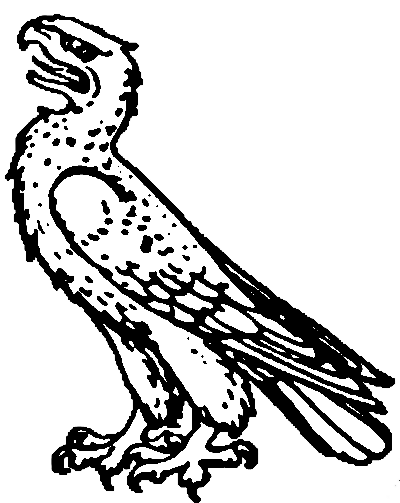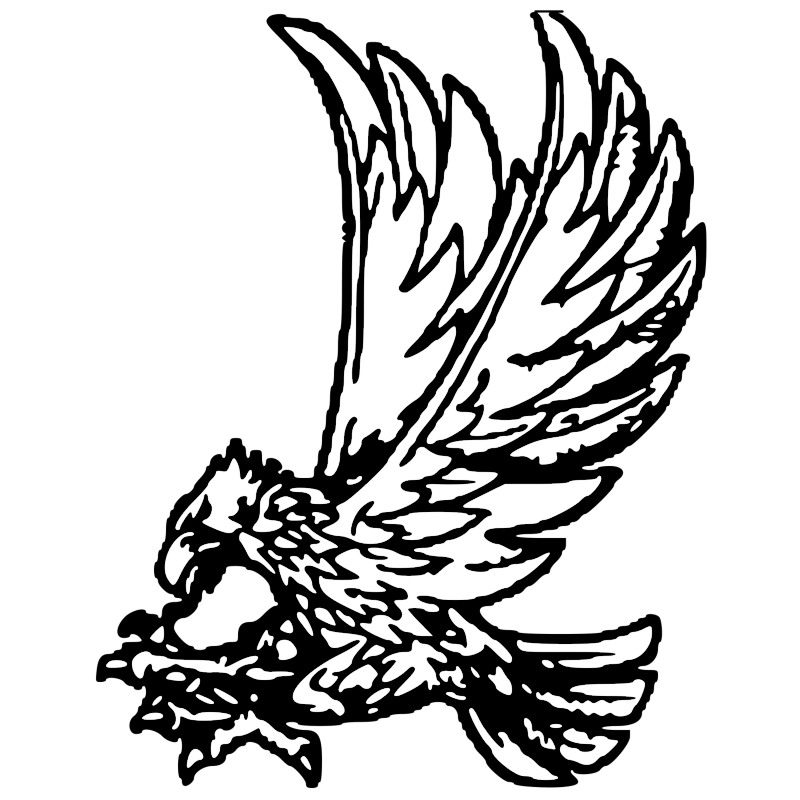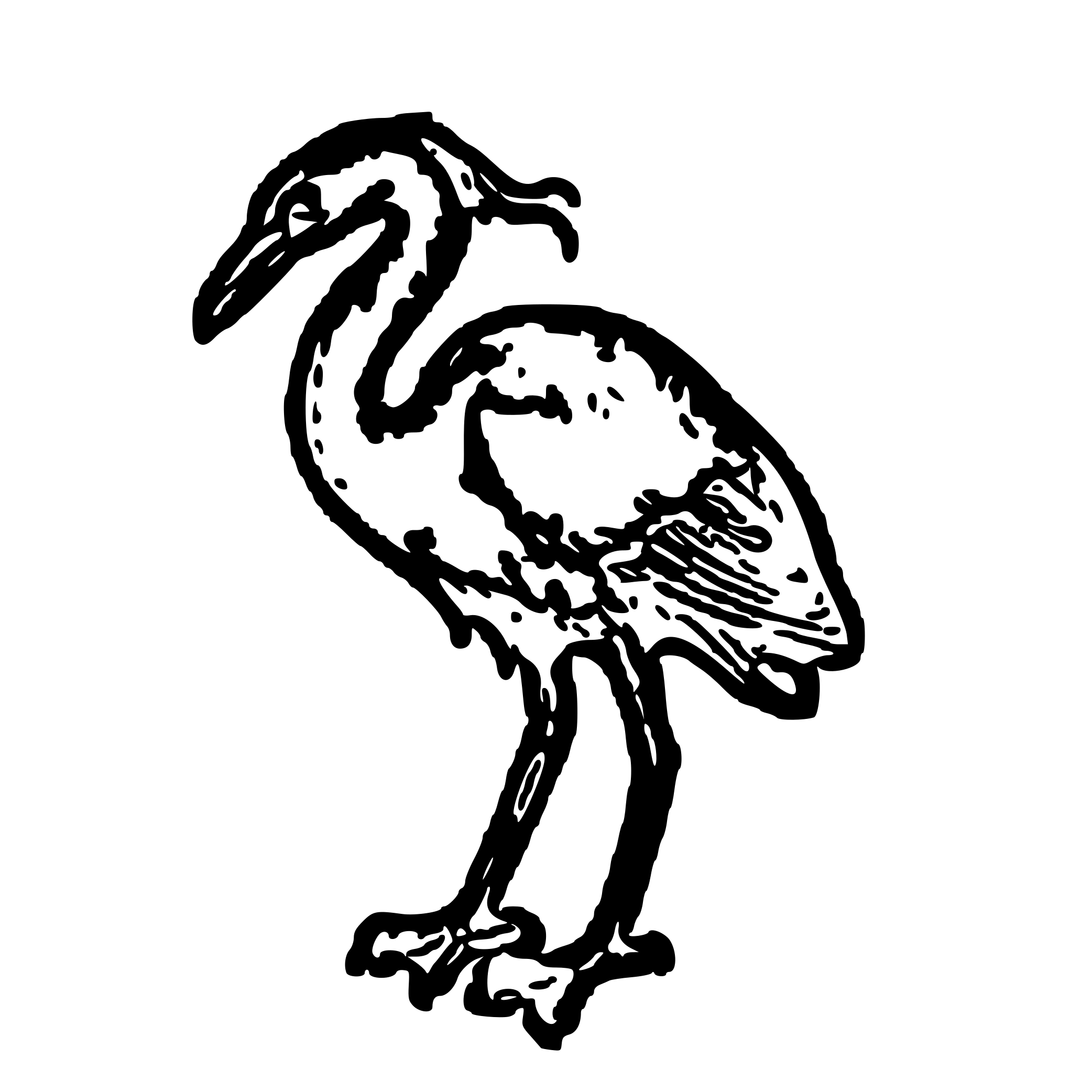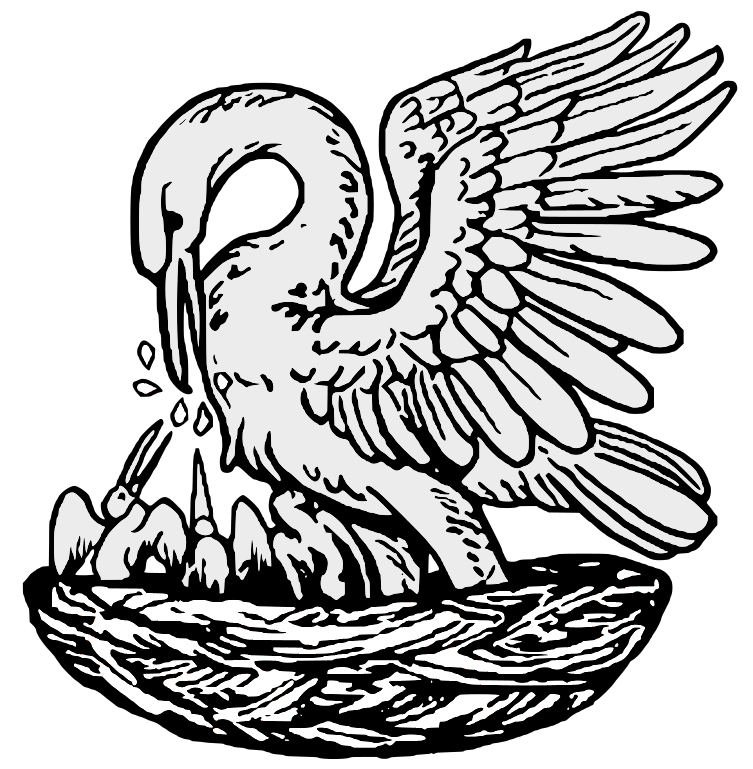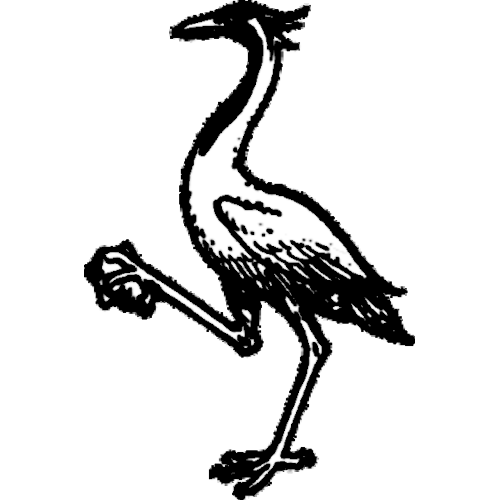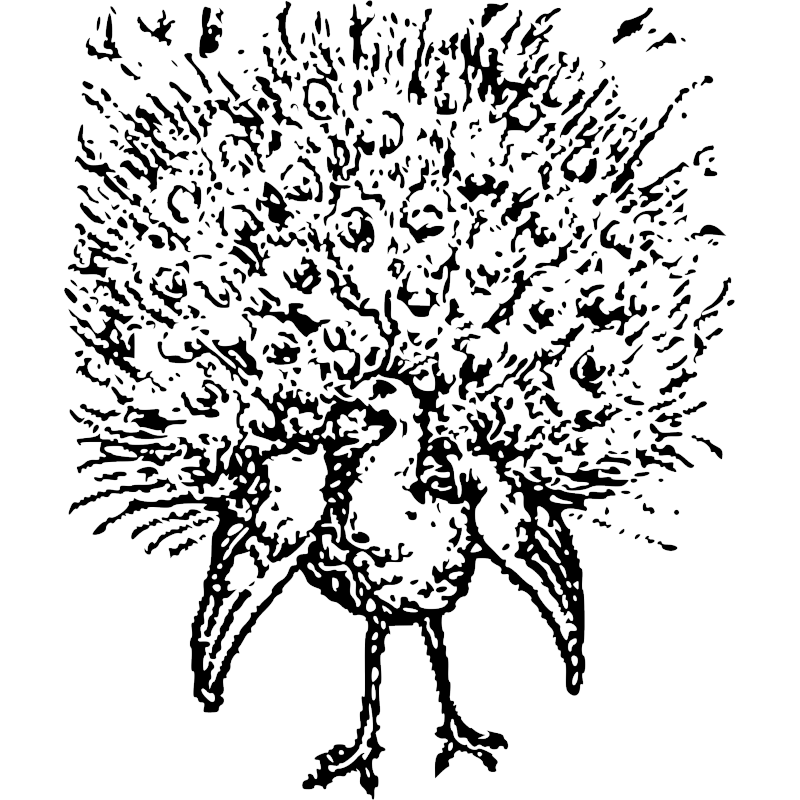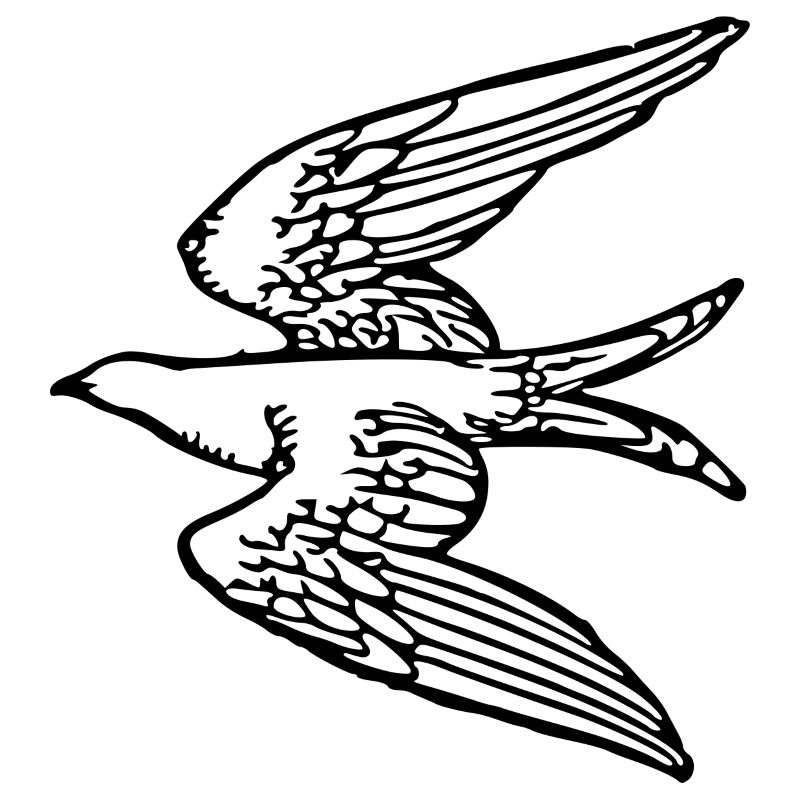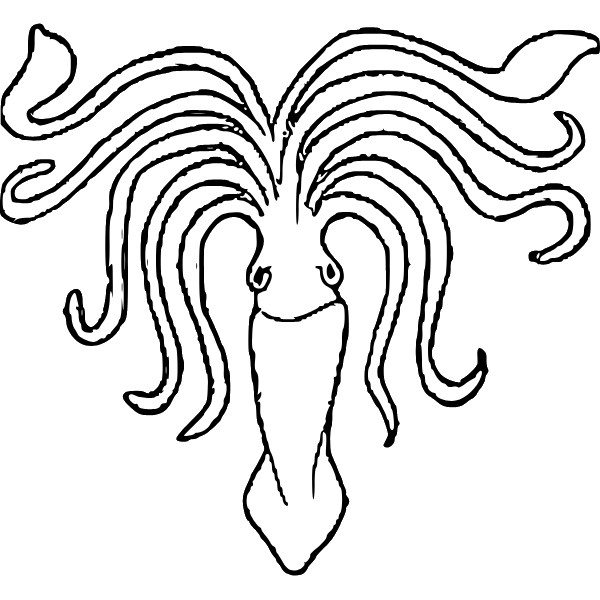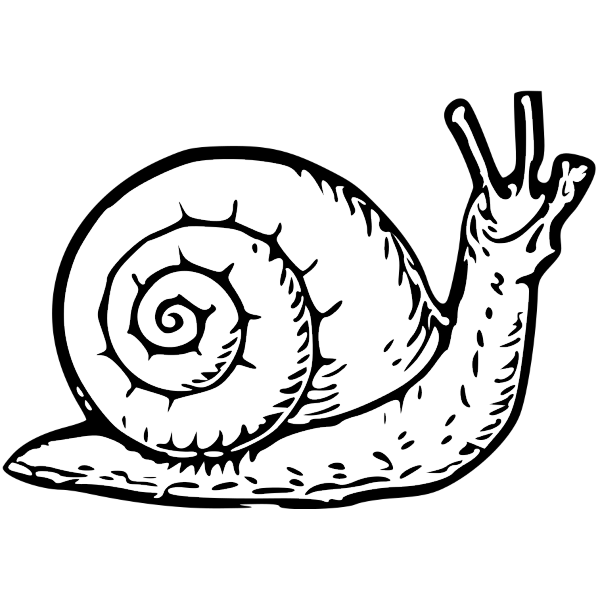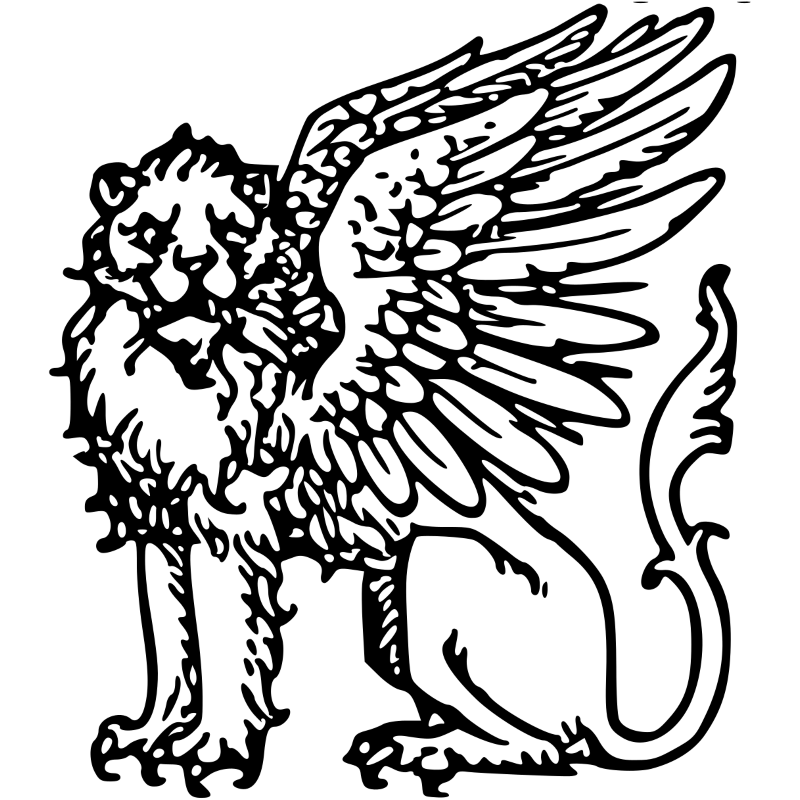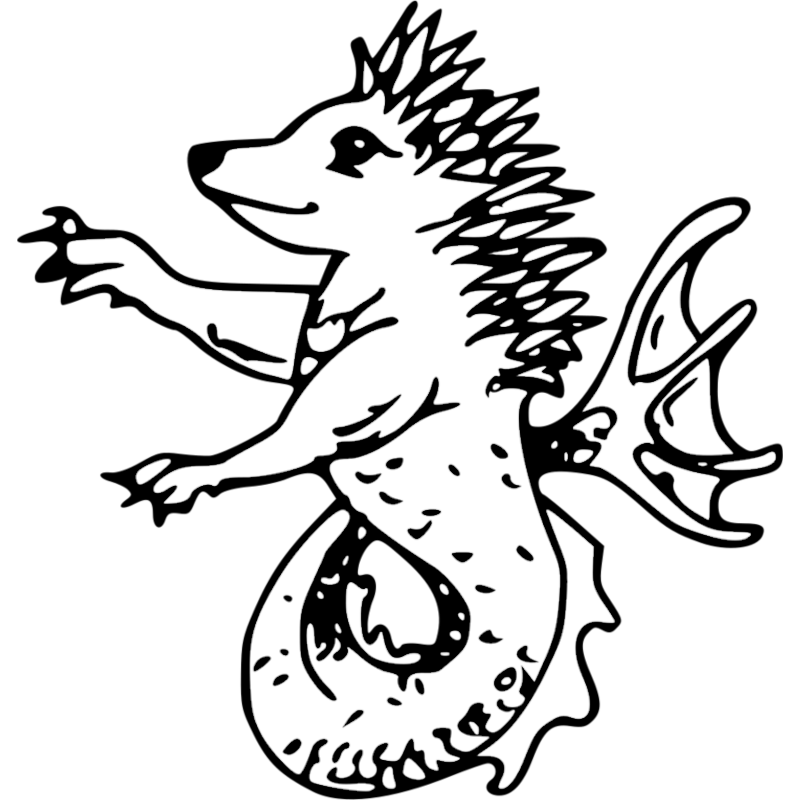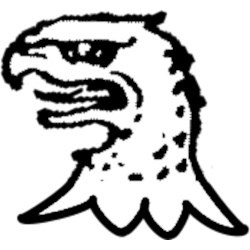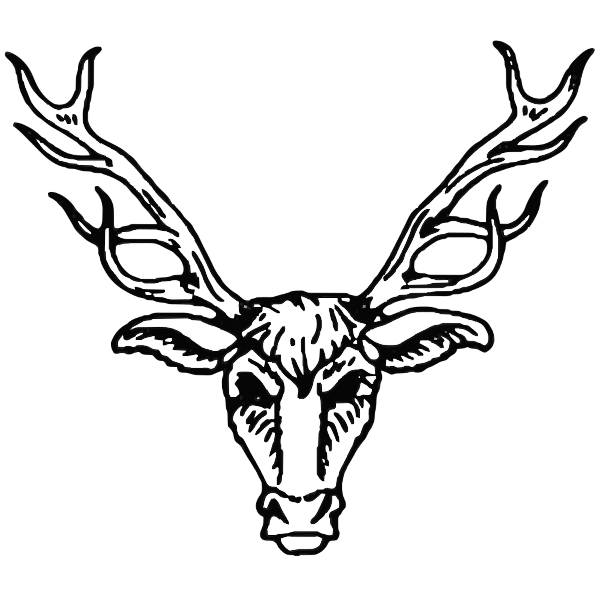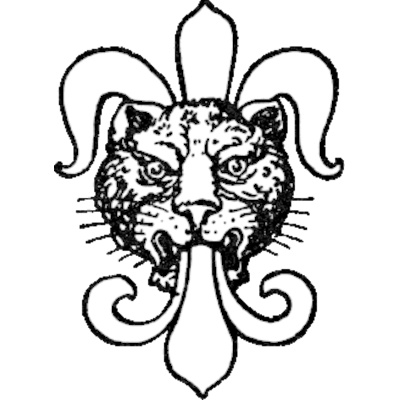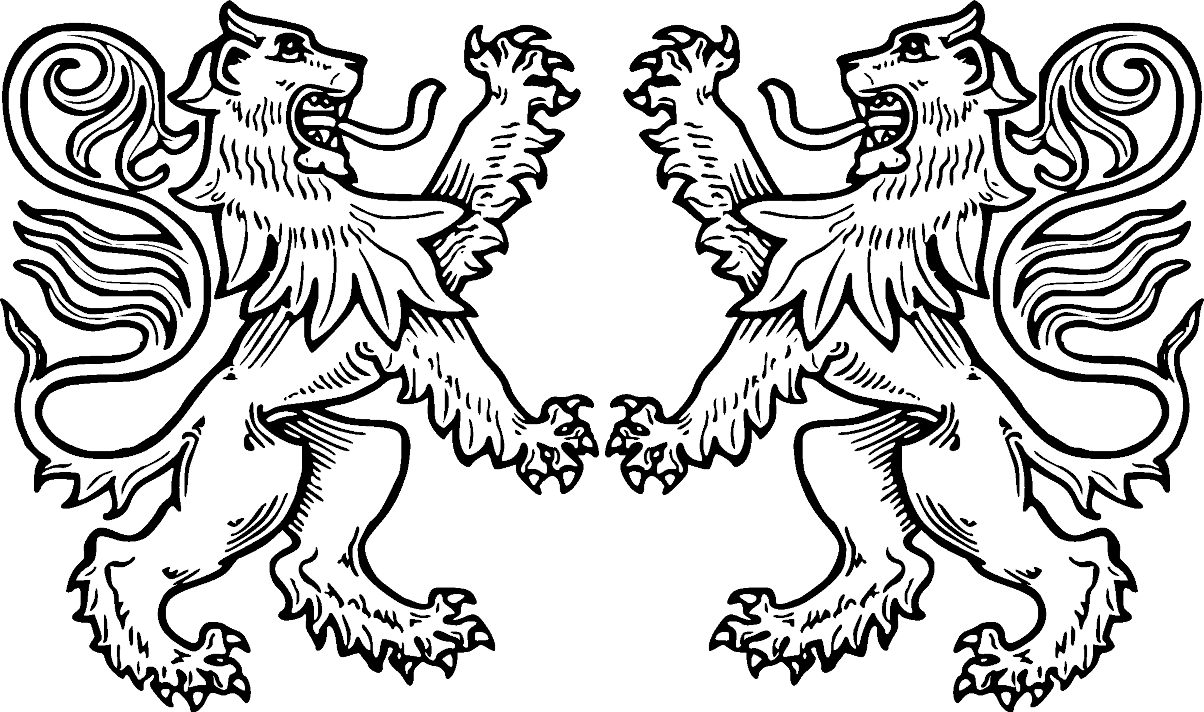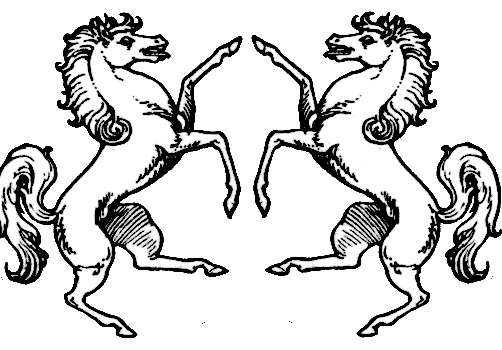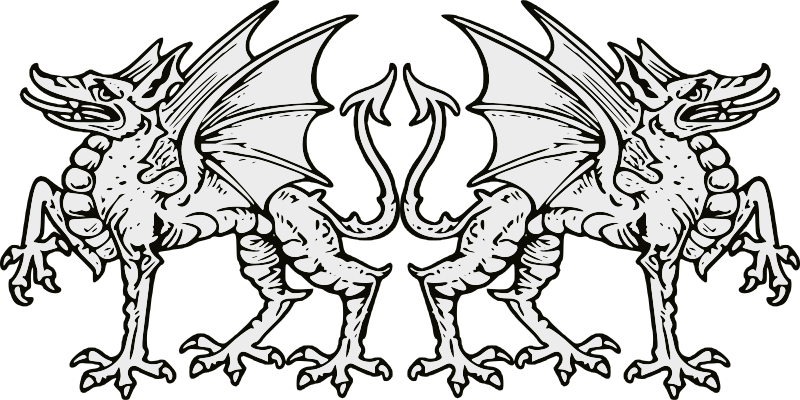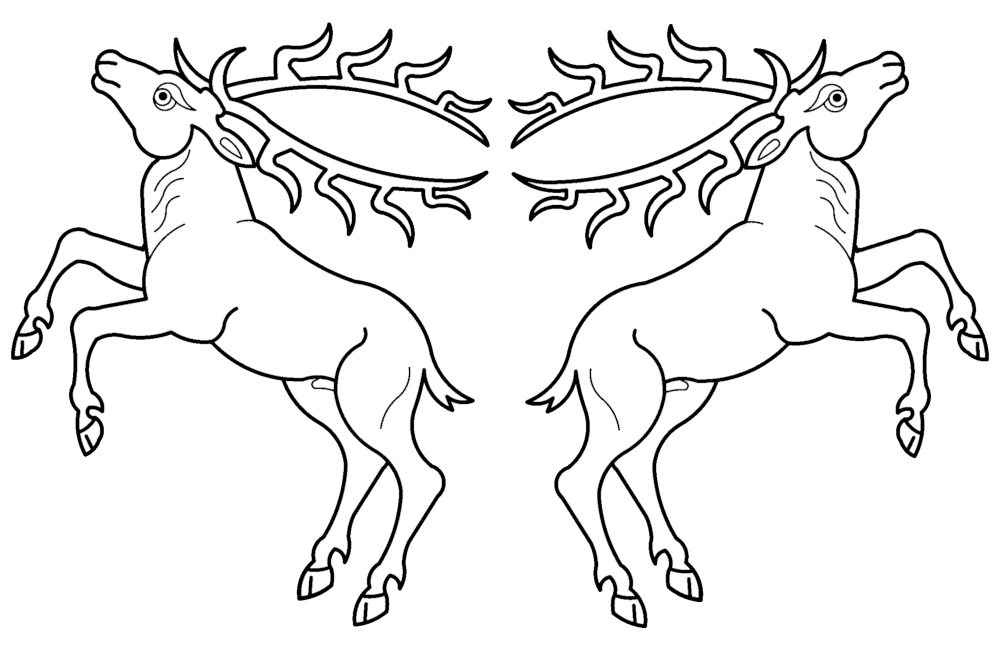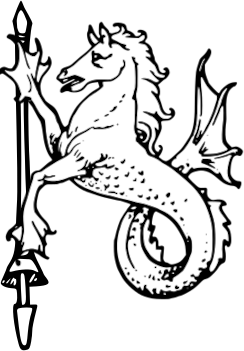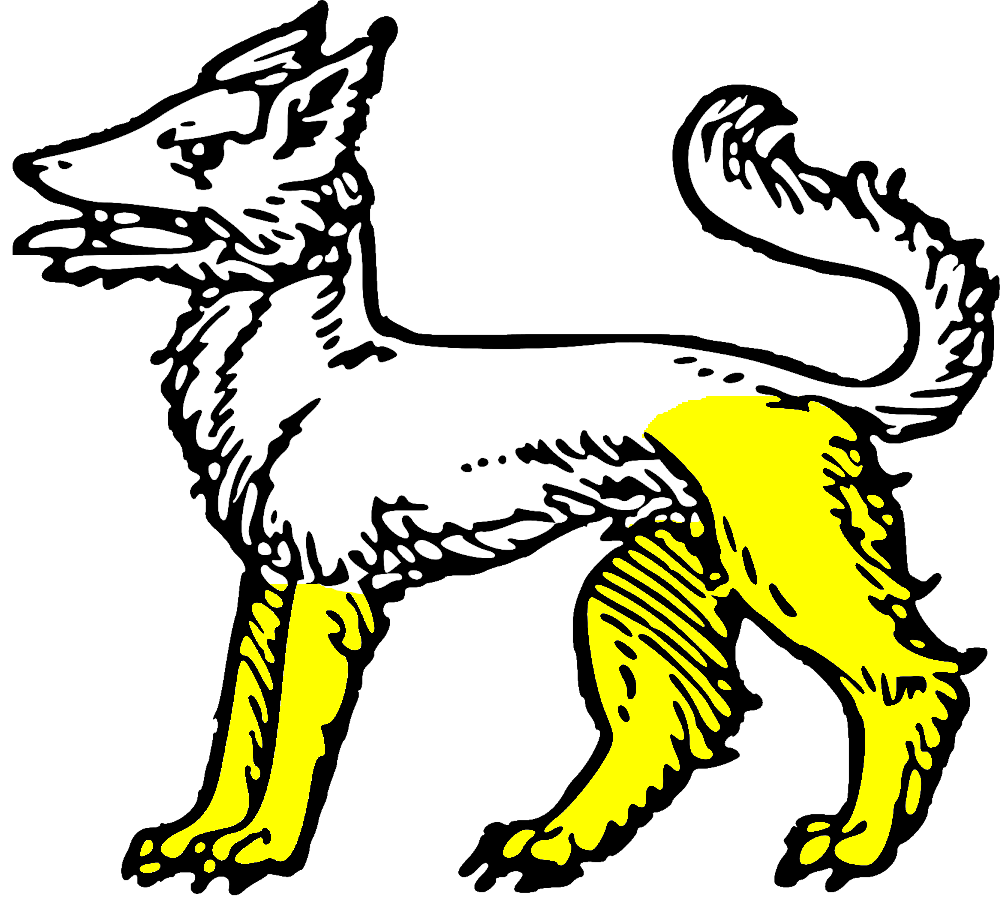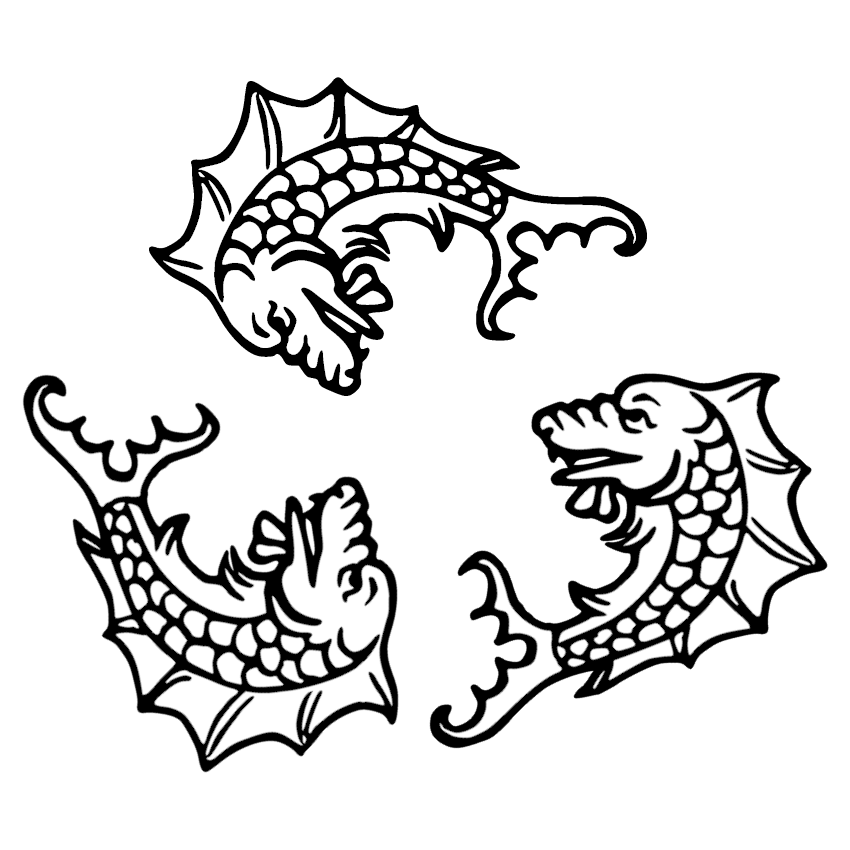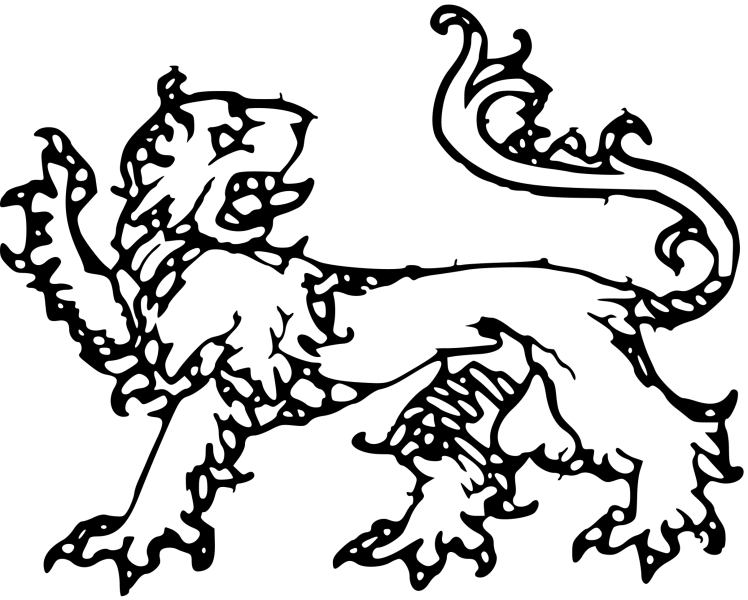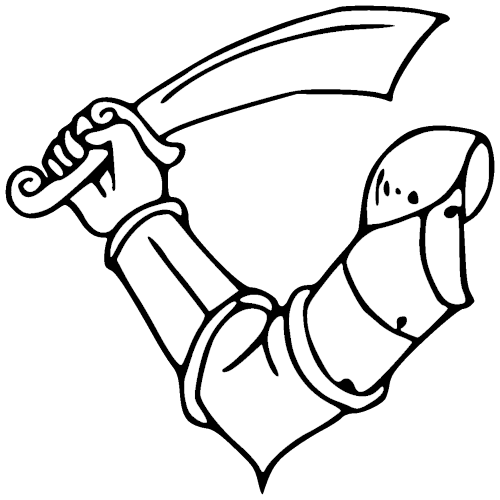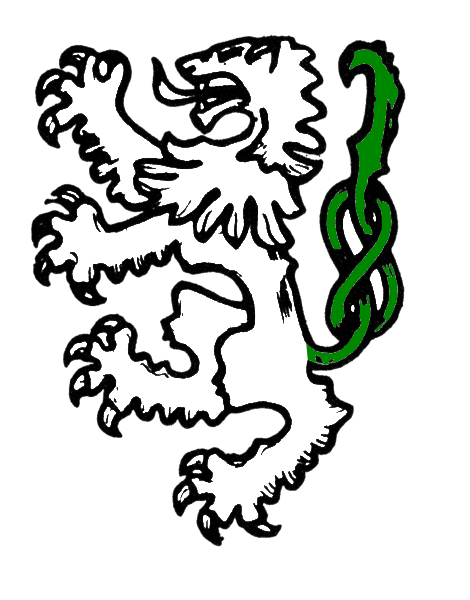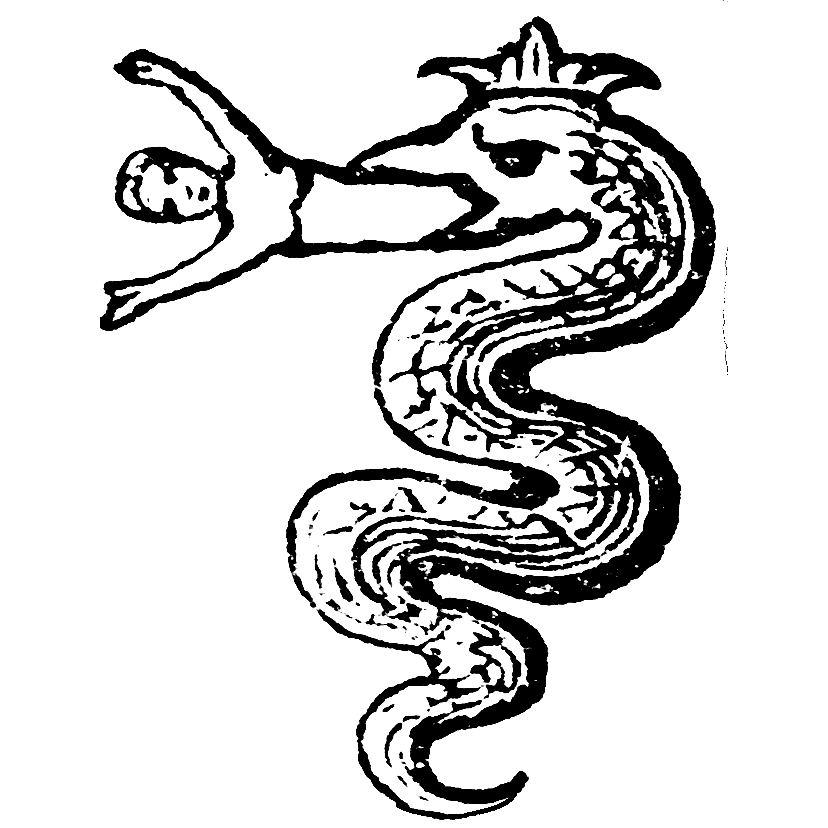Under the Sea (Fish, Sea creatures, Sea Monsters)
| Fish | |||
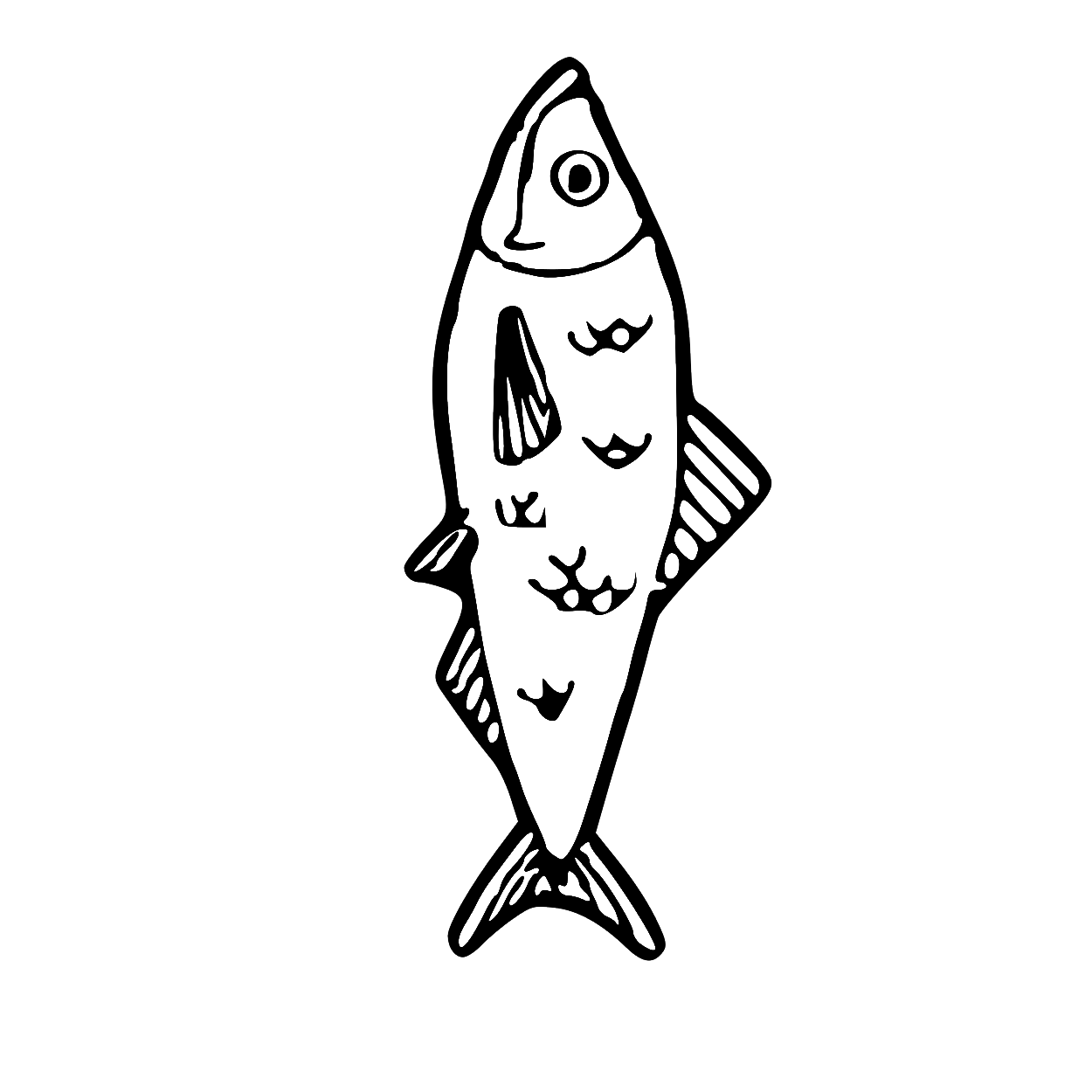 HAURIENT Positioned vertically with the head rising upwards. A common posture. |
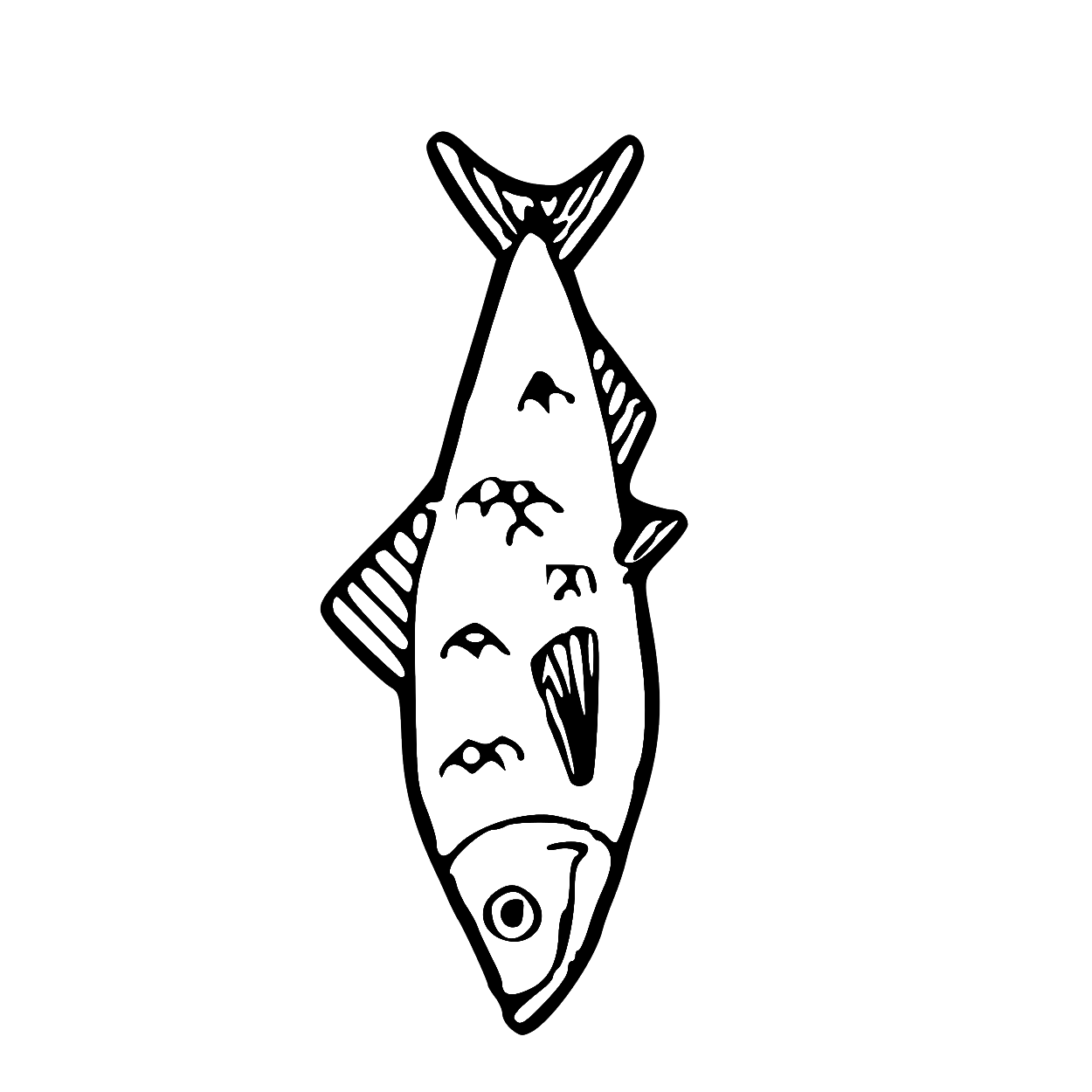 URINANT Positioned vertically with the head sinking downwards, belly to sinister. A rare posture. |
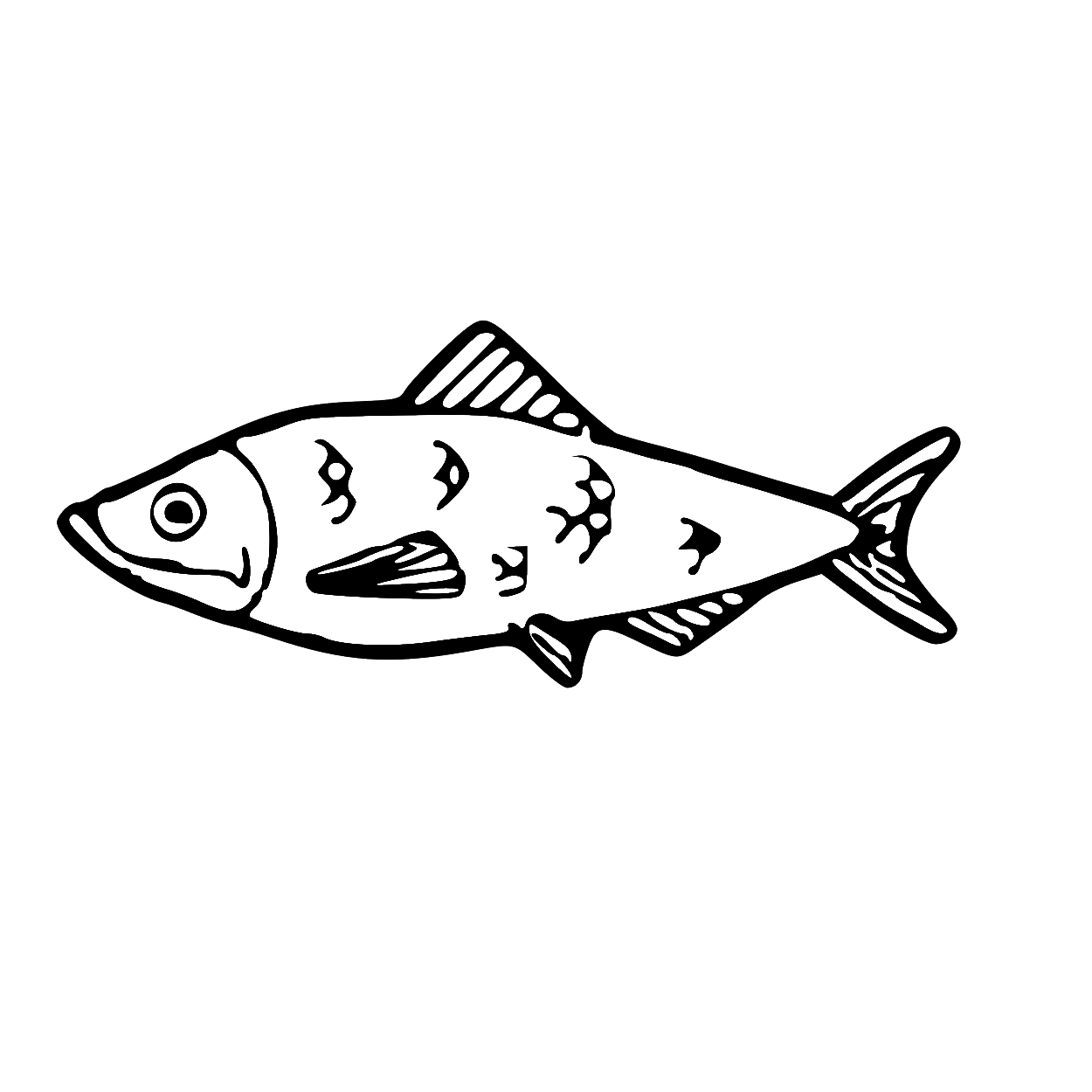 NAIANT Literally "swimming" horizontally towards the viewer's left. A common posture. |
|
| Dolphins, Whales | ||
|
Dolphins and whales use the same terminology as fish to describe their general posture. However, to demonstrate they are
a special category of sea creature, and distinguish them from ordinary fish, their actual depiction is technically
"embowed-counterembowed" -- a reverse "S" shape. |
||
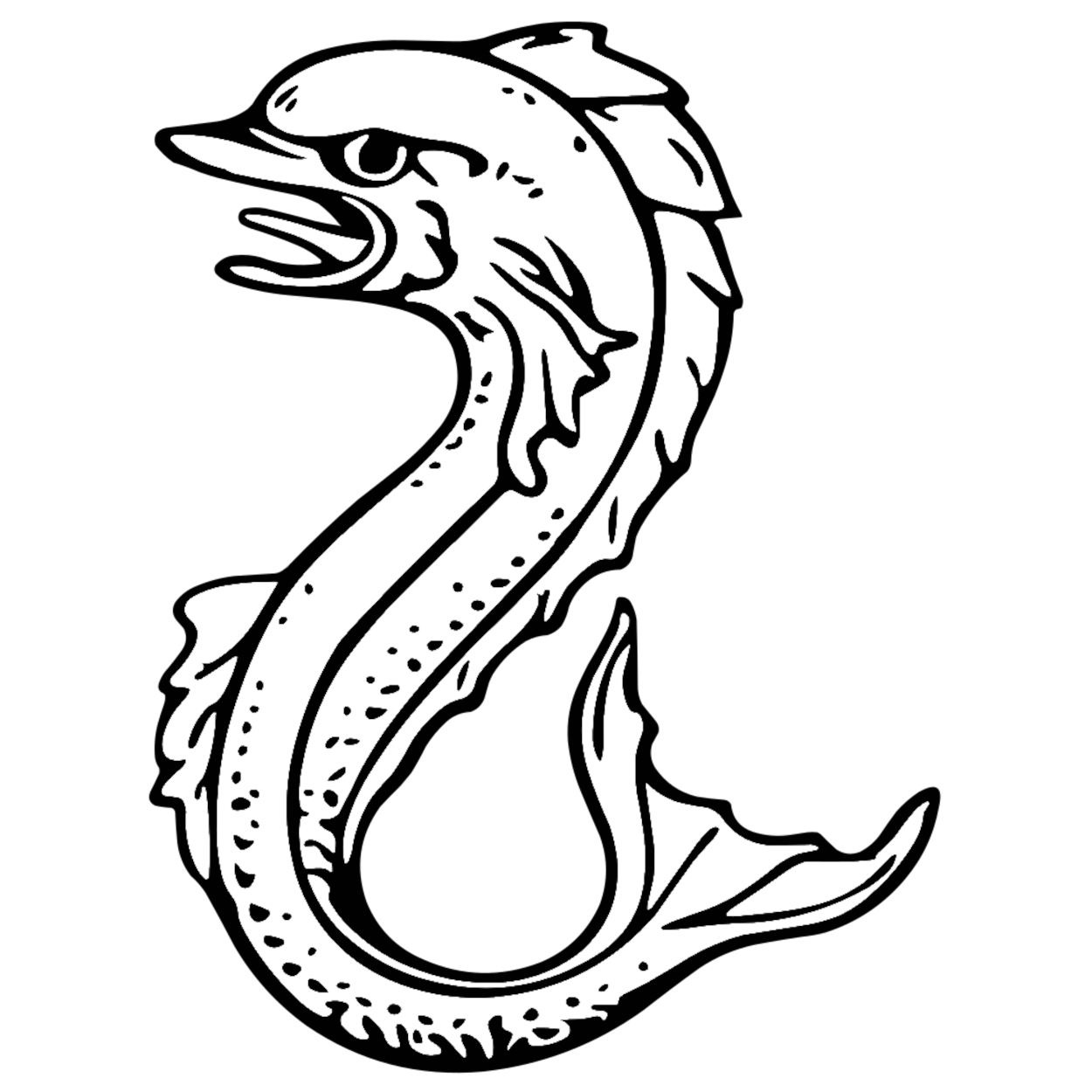 HAURIENT Positioned vertically with the head rising upwards. A common posture. |
 URINANT Positioned vertically with the head sinking downwards, belly to sinister. A rare posture. |
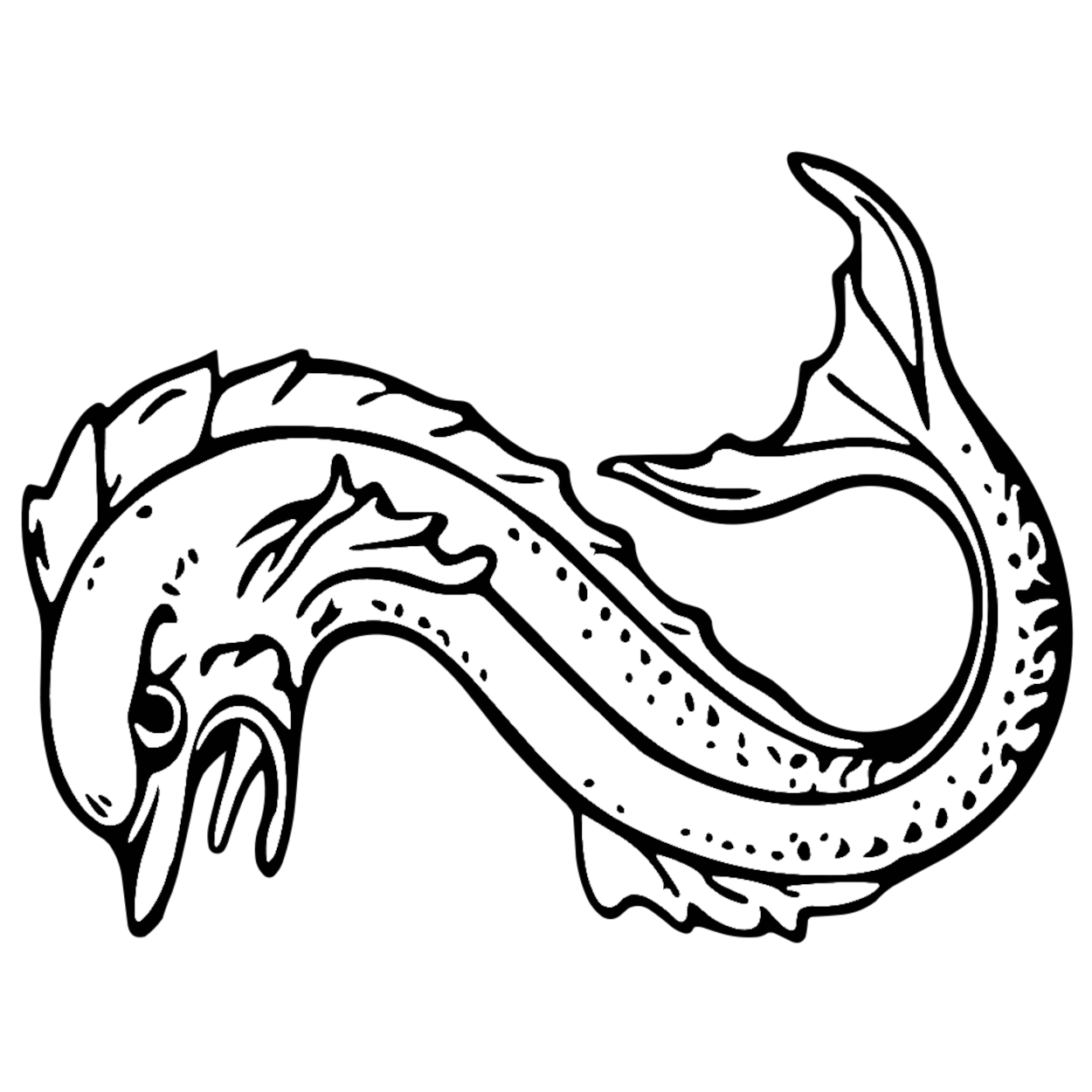 NAIANT Literally "swimming" horizontally towards the viewer's left. A common posture. |
| Sea Monsters | ||
|
The vast majority of heraldic sea-monsters are an animal with the hind portion being a fish tail and its forelegs ending in webbed feet.
The exception is the sea-dog (thought to be a fanciful depiction of a beaver) and it is treated like a quadruped for postures.
The default posture for a sea-monster is erect. |
||
 ERECT The body is upright and the forelegs are positioned as if rampant. The tail is curled around. A common posture and is assumed if not explicitly blazoned. |
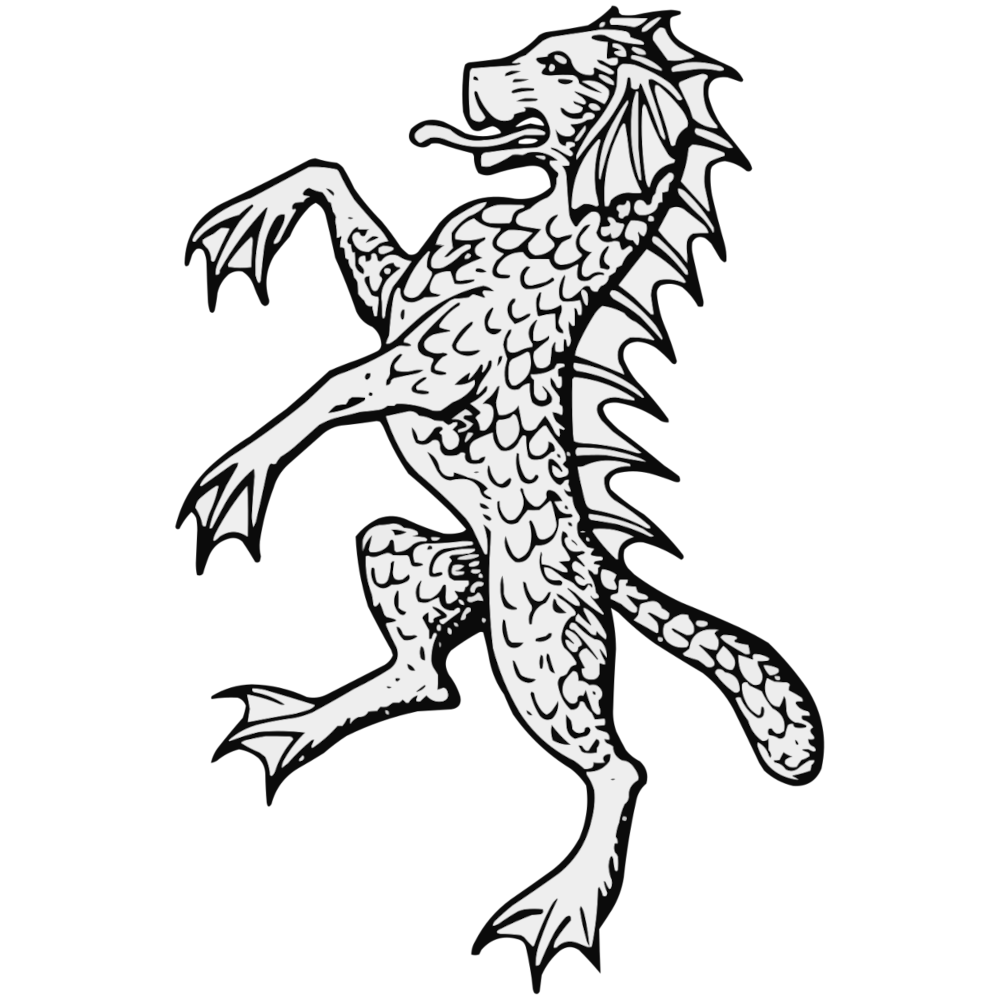 Sea-dog (use quadruped postures) |
|
| Enhancing a Posture | ||
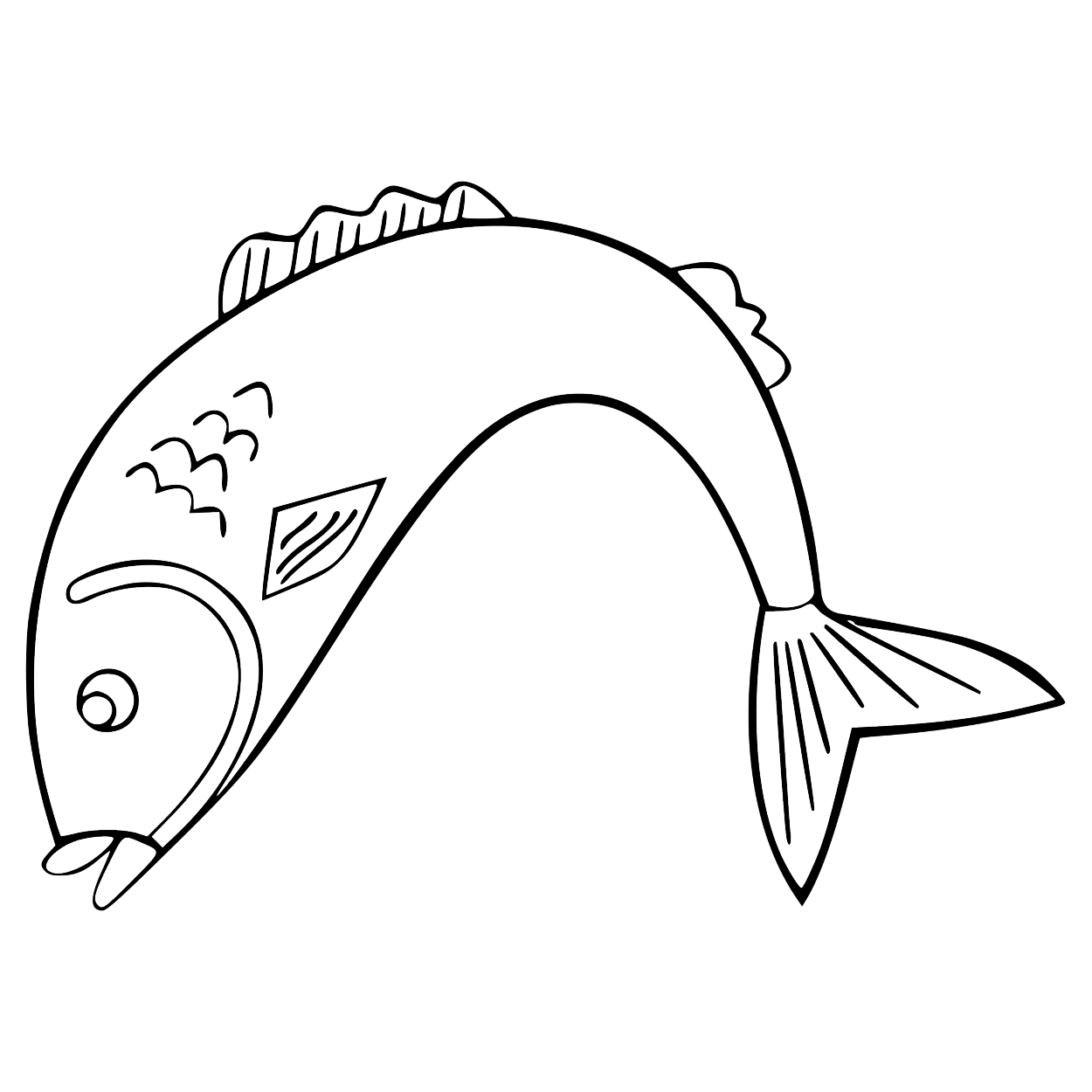 EMBOWED This is not a posture by itself, but a modifier. The fish is arched as if leaping--the dorsal fin at the top of the arch. Any of the fish postures can be embowed. |
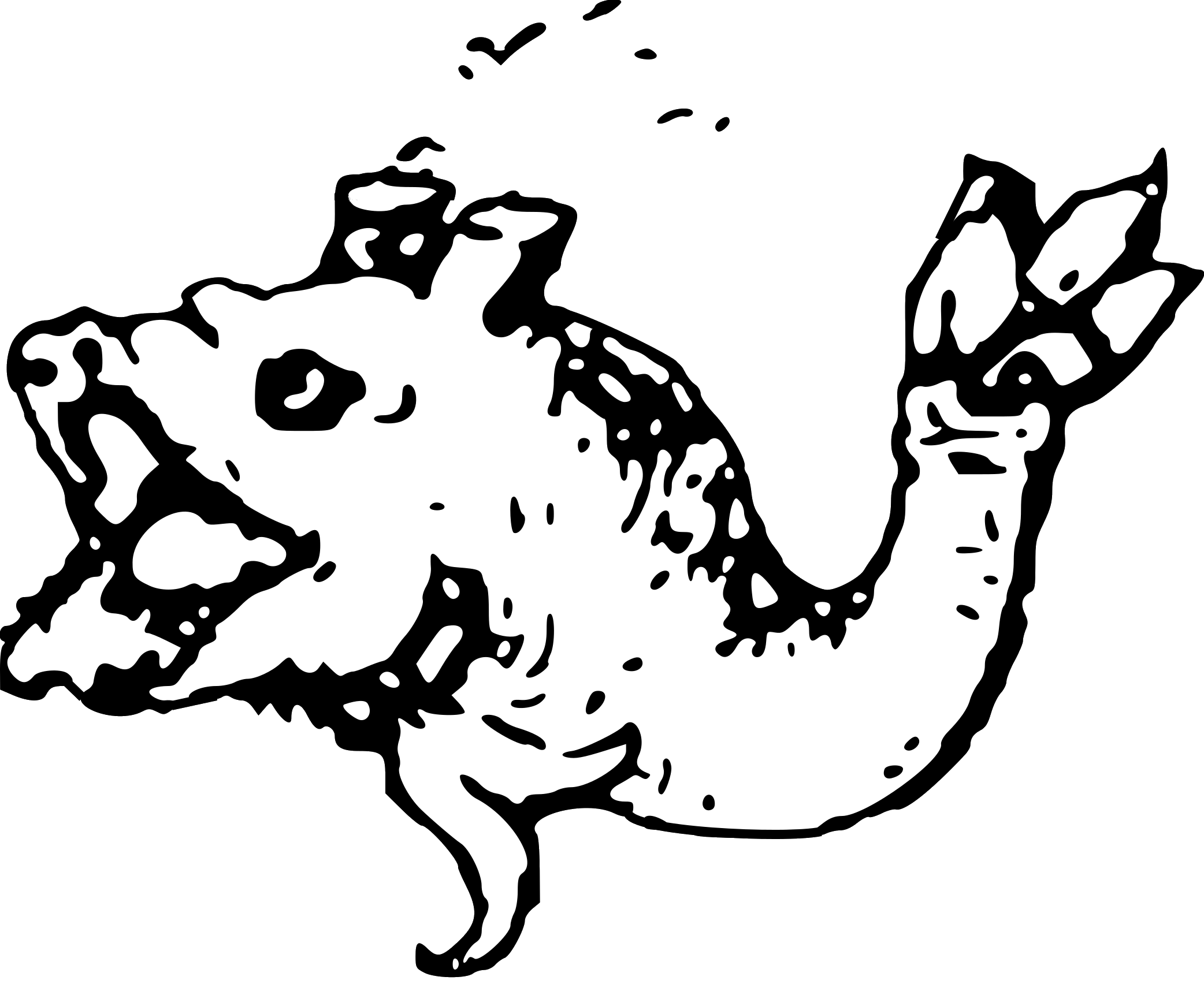 COUNTER-EMBOWED This is not a posture by itself, but a modifier. The fish is arched as if falling--the dorsal fin being in the narrow part of the arc. Unlikely in heraldry. |
 EMBOWED-COUNTEREMBOWED Regardless of posture, the fish is shown in a reverse "S" shape. |
Some notes about differences in fish postures:
With regard to differentiating between sea-creatures' postures, there is NOT a sufficient difference in profile between different fish that choosing a species of fish
(e.g. catfish vs herring) that the College of Arms will recognize them as distinctly different, but they will register the species as part of the blazon if so specified.
Also, no difference between a fish naiant versus a fish naiant embowed or fish naiant embowed-counterembowed will be used for conflict checking.
Because there is usually NOT a significant visual difference between whether a fish is facing left or right when in a haurient or urinant posture, it may be generally assumed that orientation of dexter and sinister is largely irrelevant when conflict checking unless there is a significant dorsal feature such as with embowed fish or natural sharks.
